Erasuring Anxiety
Prompt Against Anxiety #1 | from Woodland Pattern Book Center Manager and gifted translator from the Polish Peter Burzynski
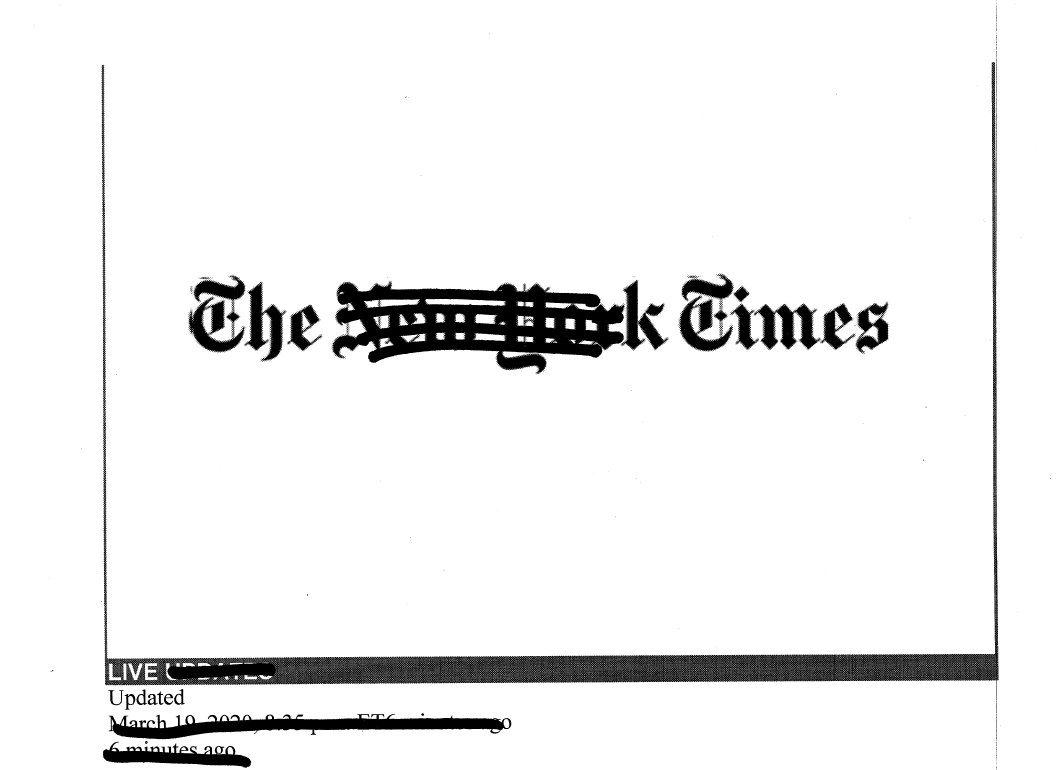
Erasure is a generative creative writing practice based on the destruction, redaction, retelling, reframing, repurposing, and renegotiating of an existing text. The text can be any written or printed document including newspaper articles, tweets, poems, novels, reports, instruction manuals, treaties, proclamations, etc.
For the purposes of this exercise, choose an article in a newspaper or online. If the article is online print it out. (Tip: you may want to copy-paste the article and delete ads and images to save ink.) Place your news article on a disposable piece of material in case your marker bleeds through. Strike any words that make you feel anxious. On the contrary, keep an eye out for interesting verbs and adjectives that please you.
Finding a Poem
After you have finished redacting text, shift through the words that remain. Take a few moments to read over the redacted news article even though it may sound odd. These remaining words are your new limited lexicon, your palette of prosody!
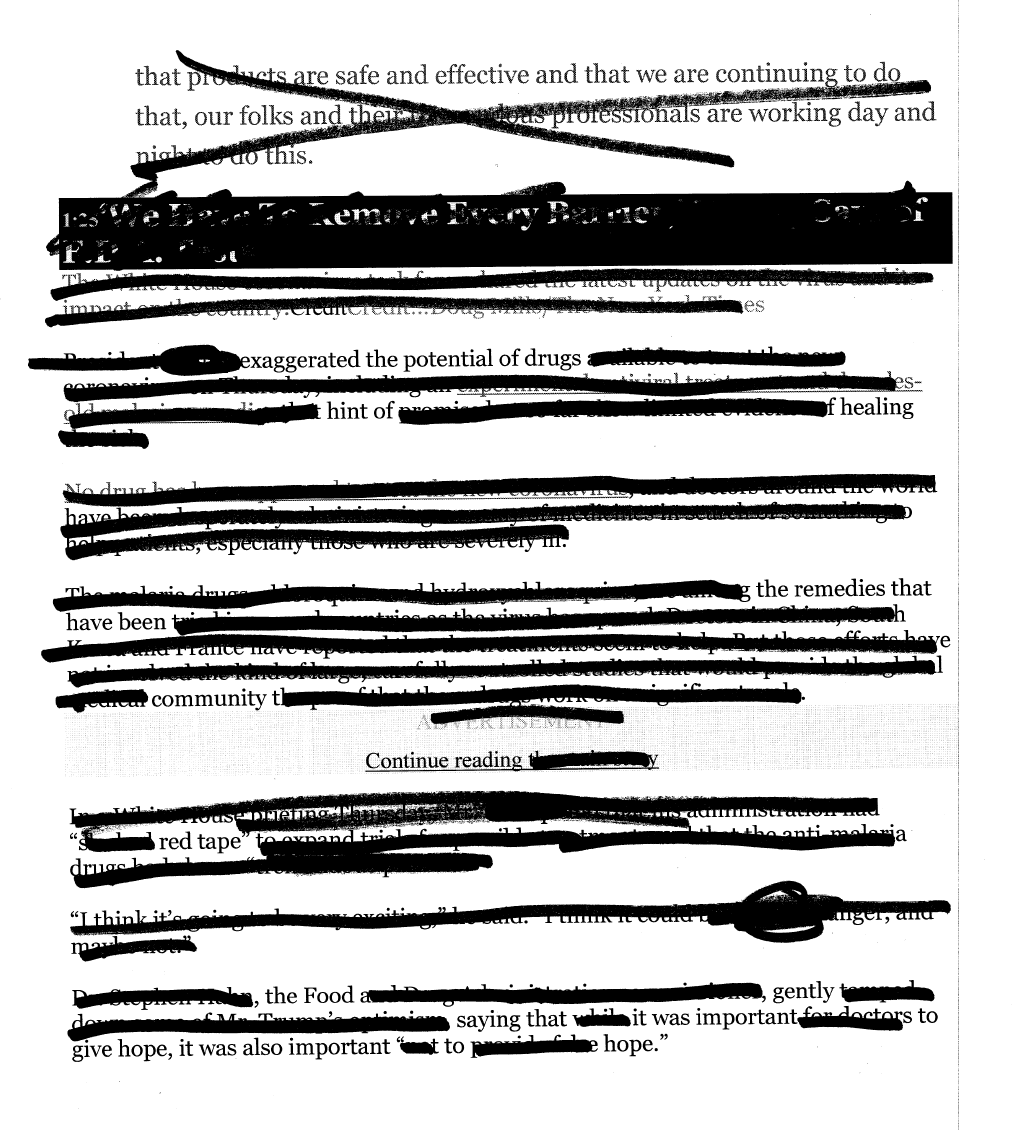
Reconstructing the Language
Begin writing using only the words you've got left. But hey? This doesn’t make any sense. That’s okay! What may seem like a skipping record of syntax may make sense sonically, emotionally, or spiritually.
But seriously, this is gobbledygook. I can’t just say, “Continue reading would provide ore none on floor asked to join in-person saying Italy’s Milan on Thursday.”
Don’t worry. Now's the time to add any articles or prepositions you need and change up the punctuation. Also, feel free to rearrange the pages if you have multiple sheets and recombine bits of text. Are there lines or phrases that already stand on their own? Notice any compelling interactions among them.
You can also further edit specific words. For example, if "released" exists in your text, you can redact the first three letters and get "eased." You can also consider changing words to their plural, possessive, past, present, or future forms. Isn’t this relaxing?
* * *
Second & Subsequent Drafts
Okay. So you have manipulated your remaining words and punctuation, but your poem does not quite feel right.
That’s fine. Now is the point at which you should cease erasing and modifying, and begin to add words and create new images from the text you're working with. Try to avoid adverbs and too many abstract nouns. For example, if you’d like to describe happiness, do not straight up write happiness. Write an image of happiness instead: “I was the first balloon to escape that March.”
And remember that any writing prompt’s constraints are only useful until they are no longer such. The point is to generate a first draft. The second and subsequent drafts ought truly be your own.
Whenever I write a poem I print it out and put it in my back pocket. I carry it with me all day and night and tinker with it, reread it, obsess, write, and rewrite. With the exception of obsessing, I suggest you do the same.
Here's My First Draft
THE TIMES
Live.
Dated as us urged past right now
asking labor to hold off
releasing limits. Keep refraining
from soon. Existing could be
unveiled. Rescue many talks.
Face more generous talks.
Continue reading.
Thanks for reading.
Stone elsewhere. Profess
people’s movement.
Gatherings attempt
to keep their spirits.
Evenings applaud
a show in defiance.
Rivers bolster culture.
Continue reading.
Here’s what it was like easing
the precise public refrain
of art: home grows.
Art (ounce) is a recommendation.
Require place.
Continue reading.
Of the pans first ready
the Penta wrestles. Rocket
stay longer.
Continue reading.
A dwindling box
can extraordinary.
Produce, equip, and
continue reading.
Stark, we ear.
This project is urgent—art-icipation.
Would people Oxford? Make ass?
We have to move every barrier.
Exaggerate the potential of drugs.
The remedies have been community.
Continue reading.
It was important to give hope.
It was important to hope.
And My Second...
THE TIMES
Live.
Dated as we are being urged
past the right now of right now
by asking labor to hold off
releasing limits. Let’s keep refraining
from the soon. Existing could be
unveiled as flowers bloom.
We must rescue many talks.
Face(time) more generous talks.
Continue reading.
Thanks for reading.
Stones are elsewhere. Profess
the people’s movement.
Gatherings attempt
to keep our spirits and win.
Evenings applaud
as a show of defiance.
Tangled rivers bolster culture.
Continue reading.
Here’s what it was like easing
the precise public’s sonorous refrain
of art: our homes will grow.
Art, even a single ounce,
is a welcome recommendation.
We require a new place to exist.
Persist.
Continue reading.
Out of the mind’s cast-iron pans
first ready
with crackling conversation
the five-sided thoughts wrestle.
Dearest Rocket,
stay longer.
Continue reading.
A dwindling box
can be extraordinary.
Please produce, equip,
and continue reading.
Stark, we ear each other.
This project is urgent—art-icipation.
Would people afford to not make art?
We have to move every barrier and not
exaggerate the potential of known drugs.
The true remedies have been community.
Continue reading.
It is important to give hope.
It is important to hope.
Community Responses
Erasure of “Putting Jared Kushner in Charge is Utter Madness” from the New York Times (April 2, 2020)
Hour of existential virus threat
Urging, suddenly and mysteriously,
Into the conflict dream
Of a life support economy
Herky-jerky Vanity Americans
And all dizzy with terror
The apex of alarmist capacity,
Projections, and smarter infectious
Diseases
With as little expertise,
Made debut
Based on projections,
Born to the right parents,
Foray into broker a peace
Between the failures
Undeterred, arrogated to a major role
Fighting epochal crisis
America,
Its knees
Behind response —
Is dilettantism raised
Sociopathy
Business record,
Oligarchs,
Speaking to people
He bought in
2006, as a disrupter
Again and again she said
It better than supreme confidence
His own abilities,
Own judgement,
Even what he was about
Confidence prison,
A crushing family debt debacle
Authority has taken charge of
The production and distribution of
Disaster response
Adherence to
Competing power centers —
Structure is to
Drive this
To chaos
A motif of confusion,
Disjointed —
Decentralized
“Assume you are on your own in life”
“Assume you are on your own in life”
—Bryon Cherry, Milwaukee, WI
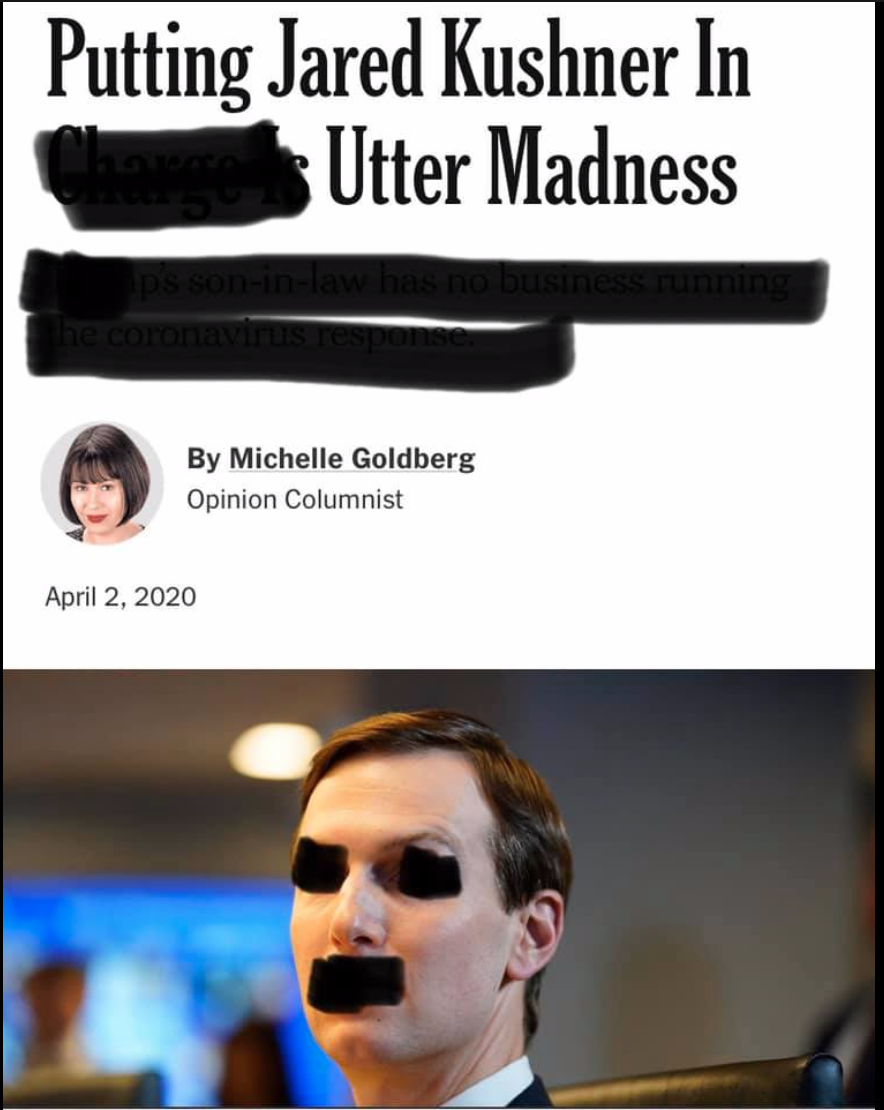
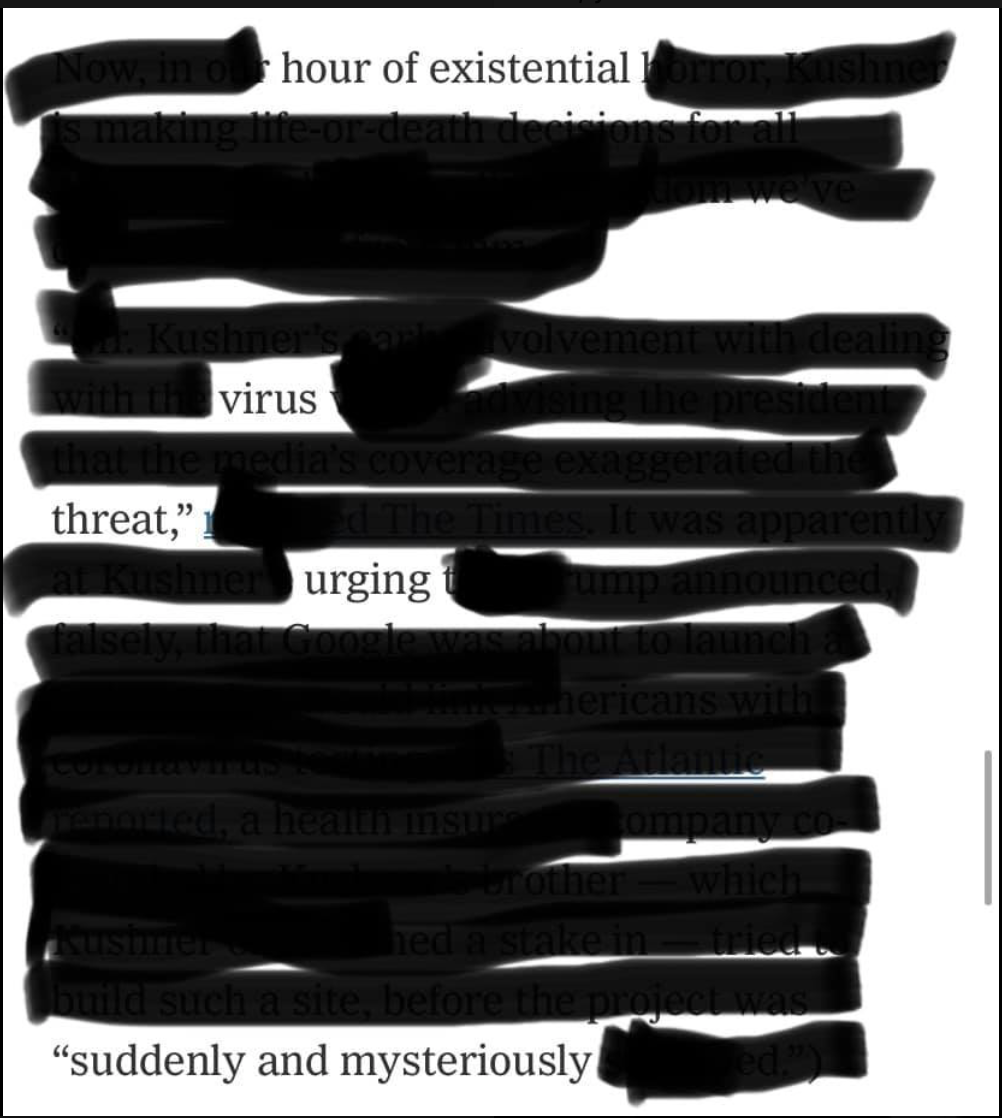
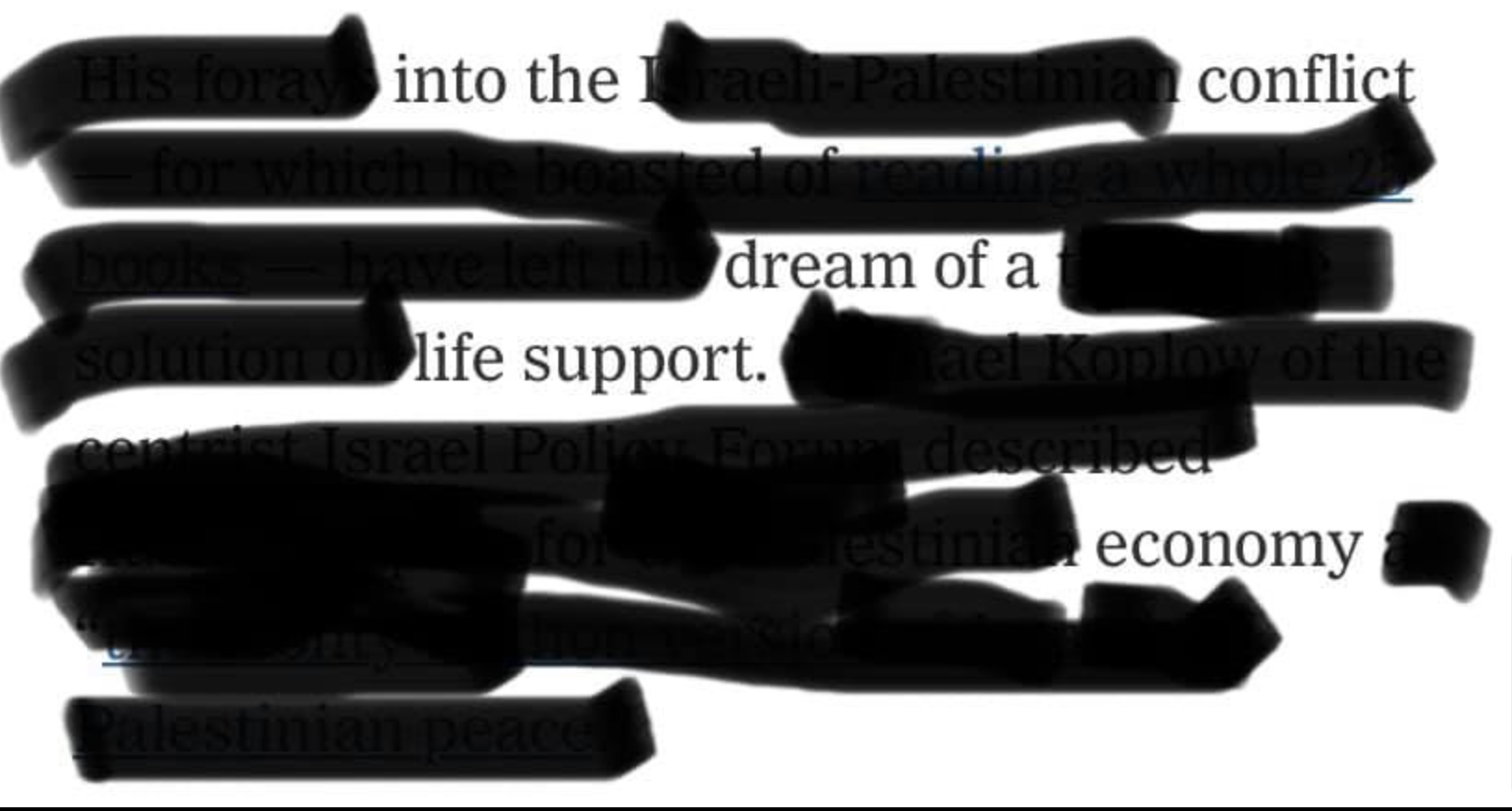
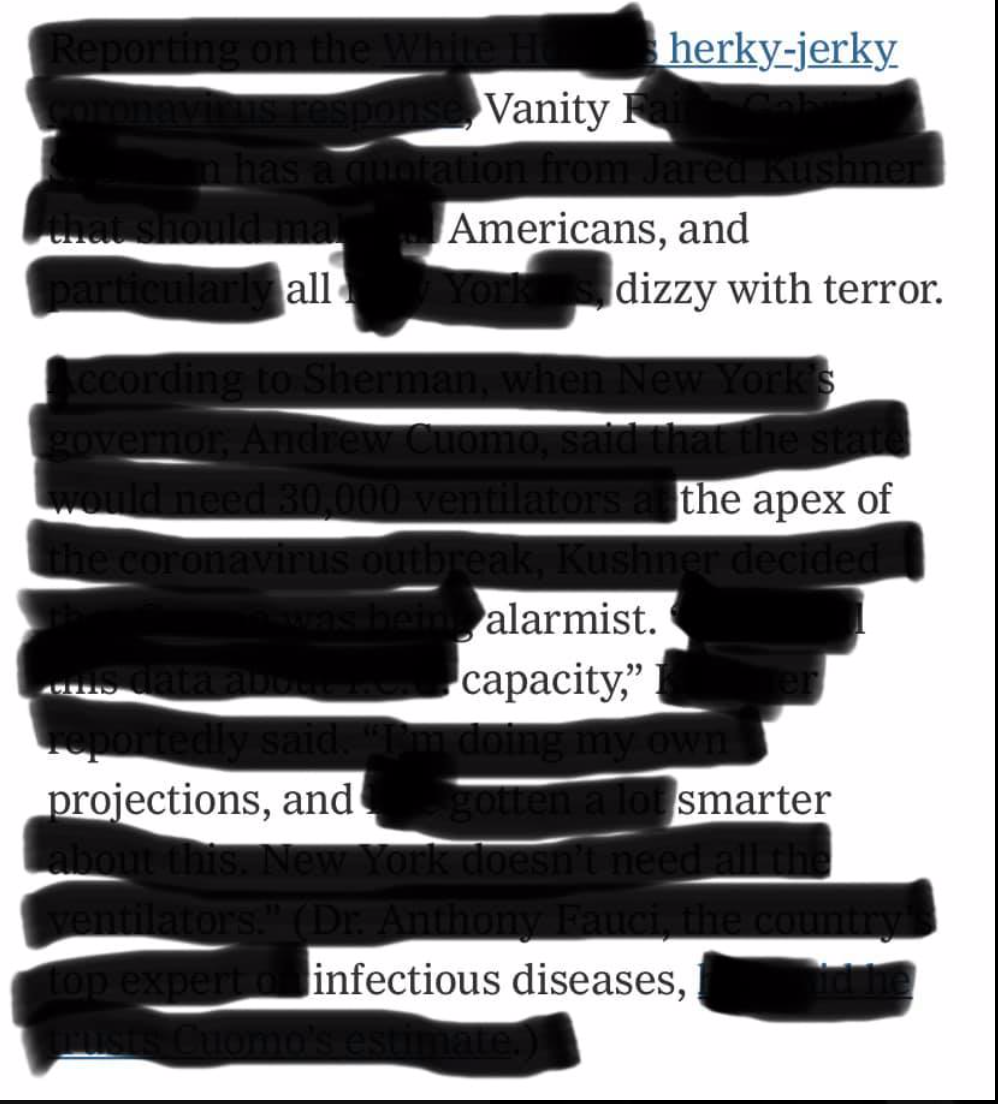
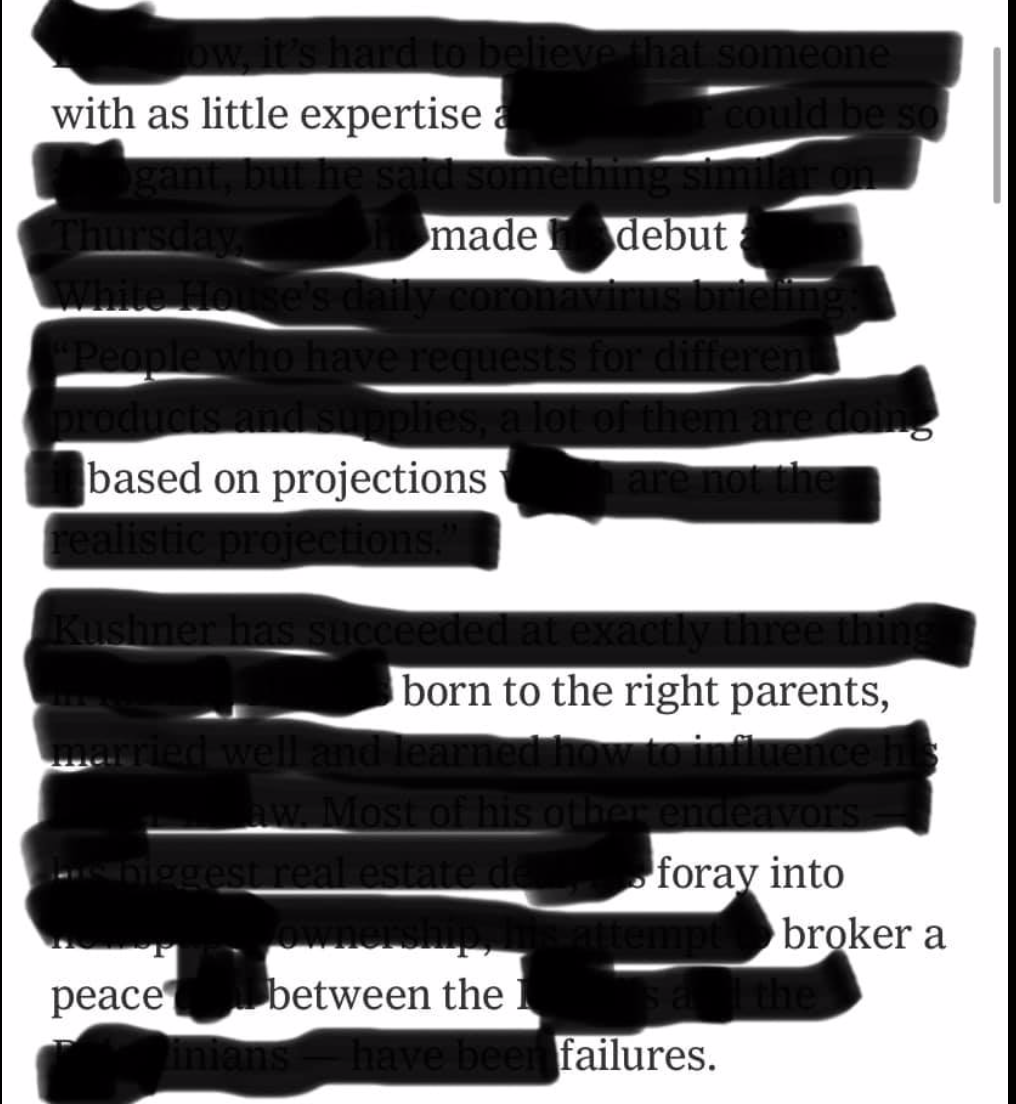
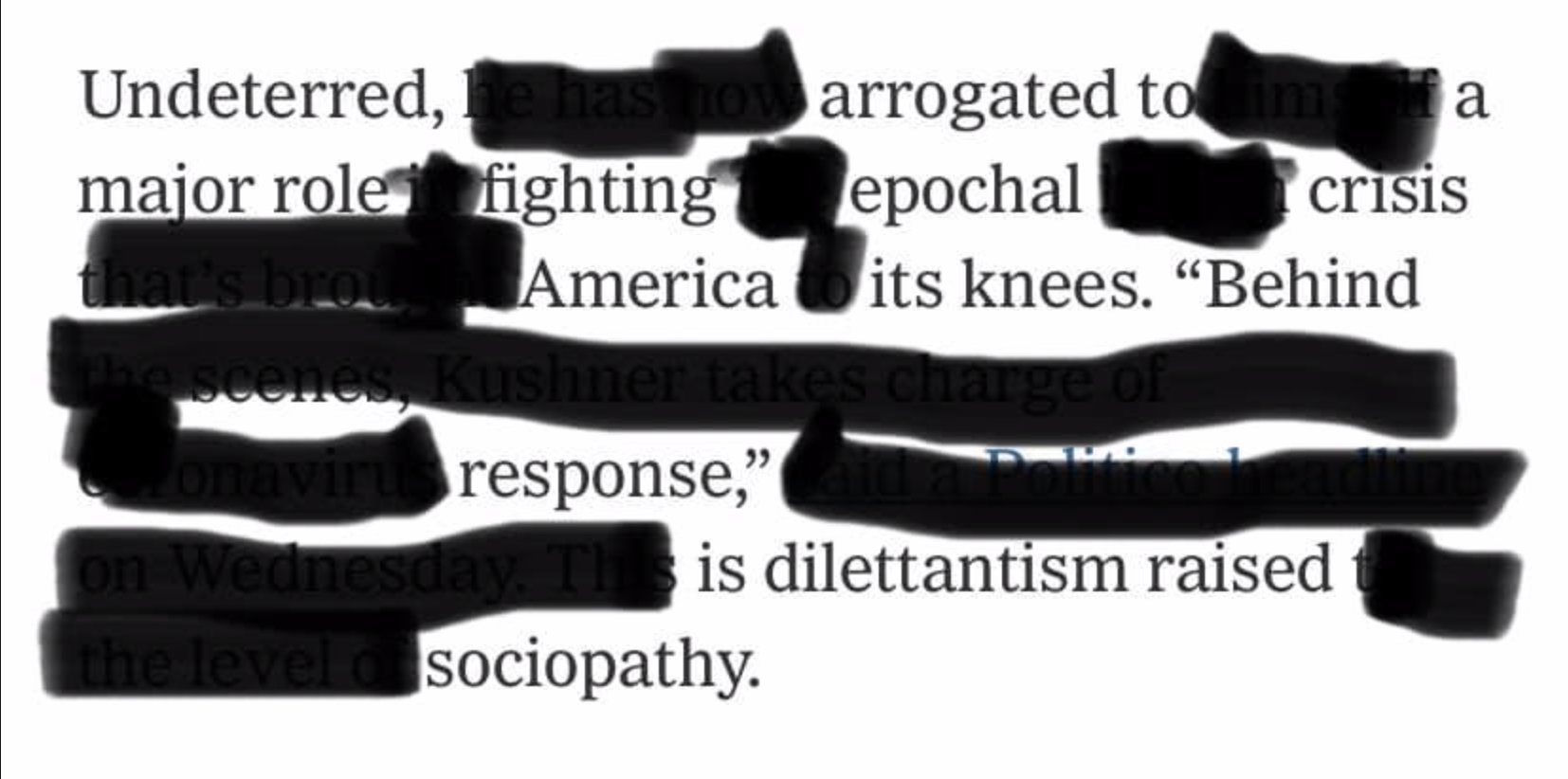
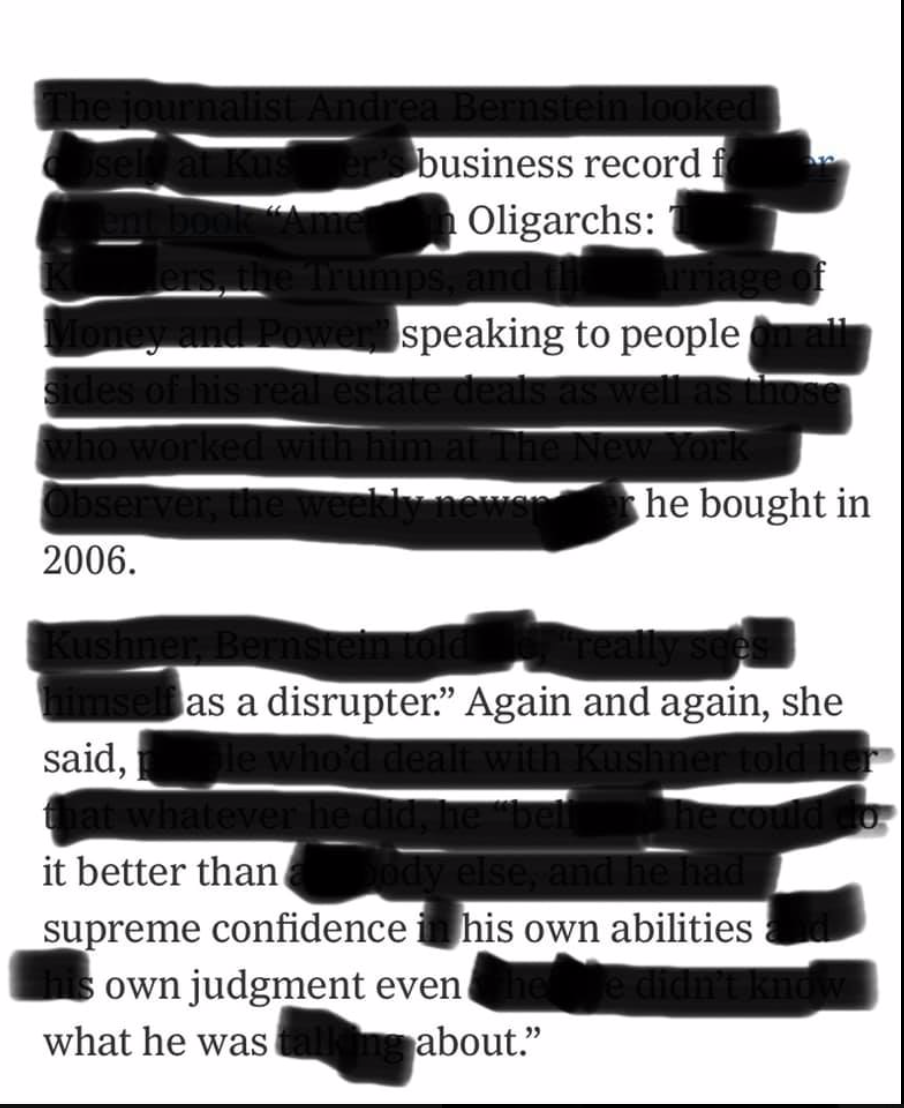
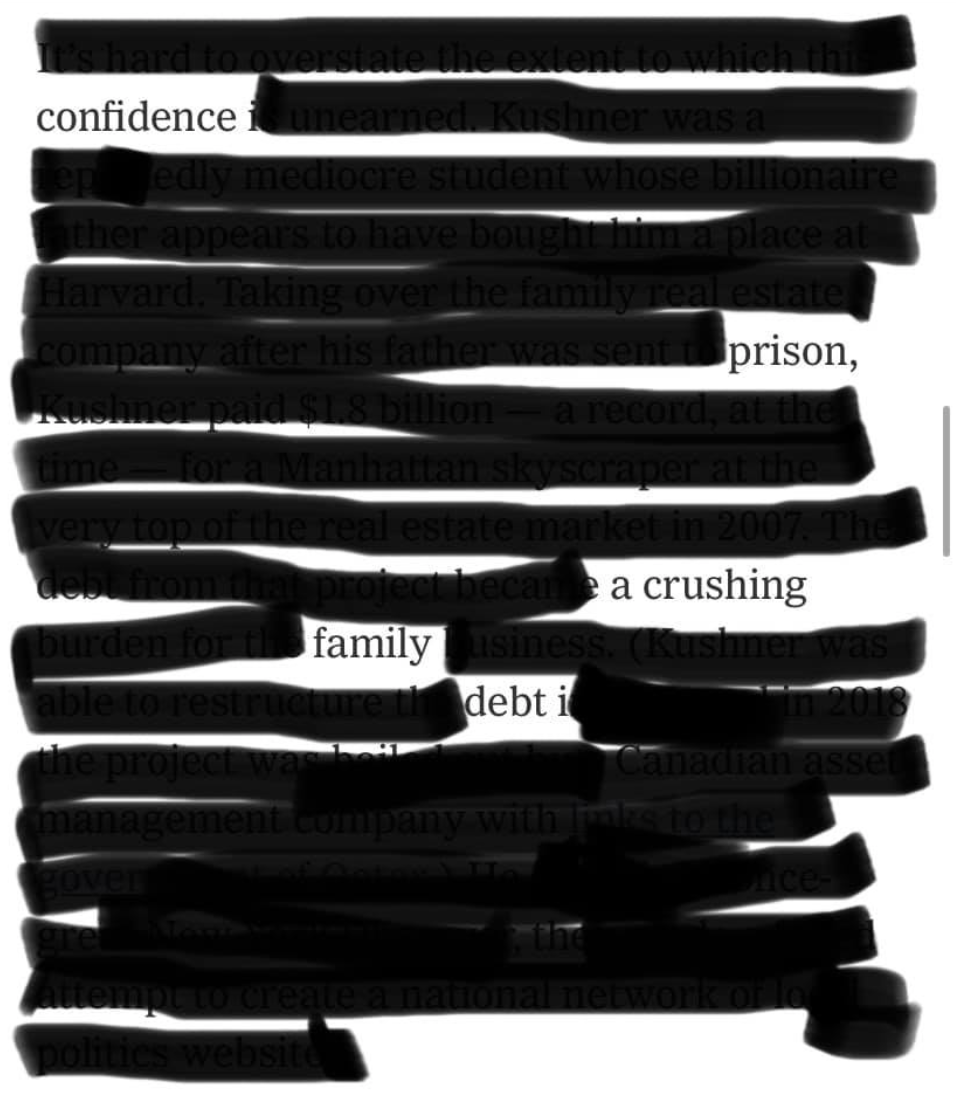
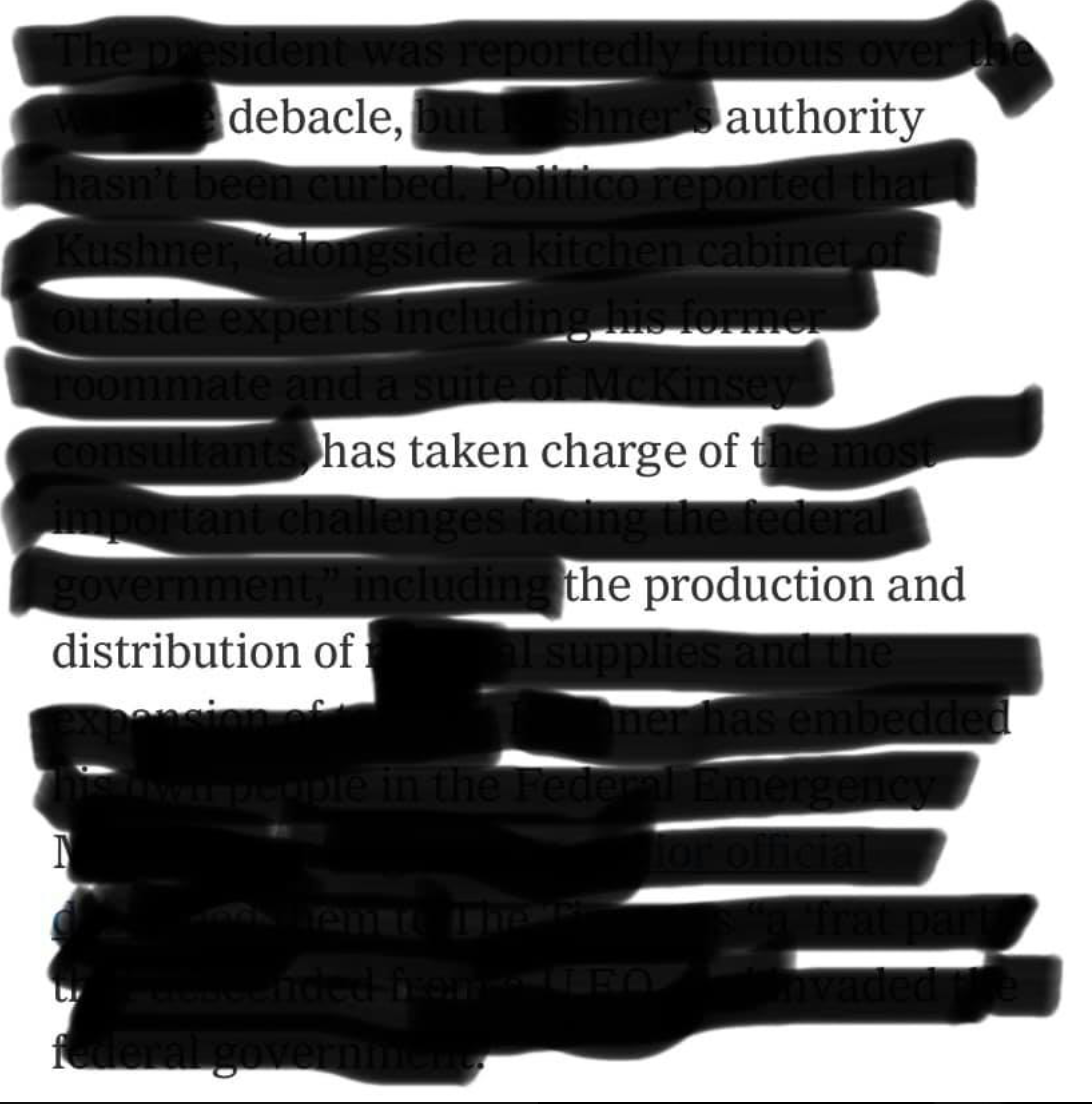
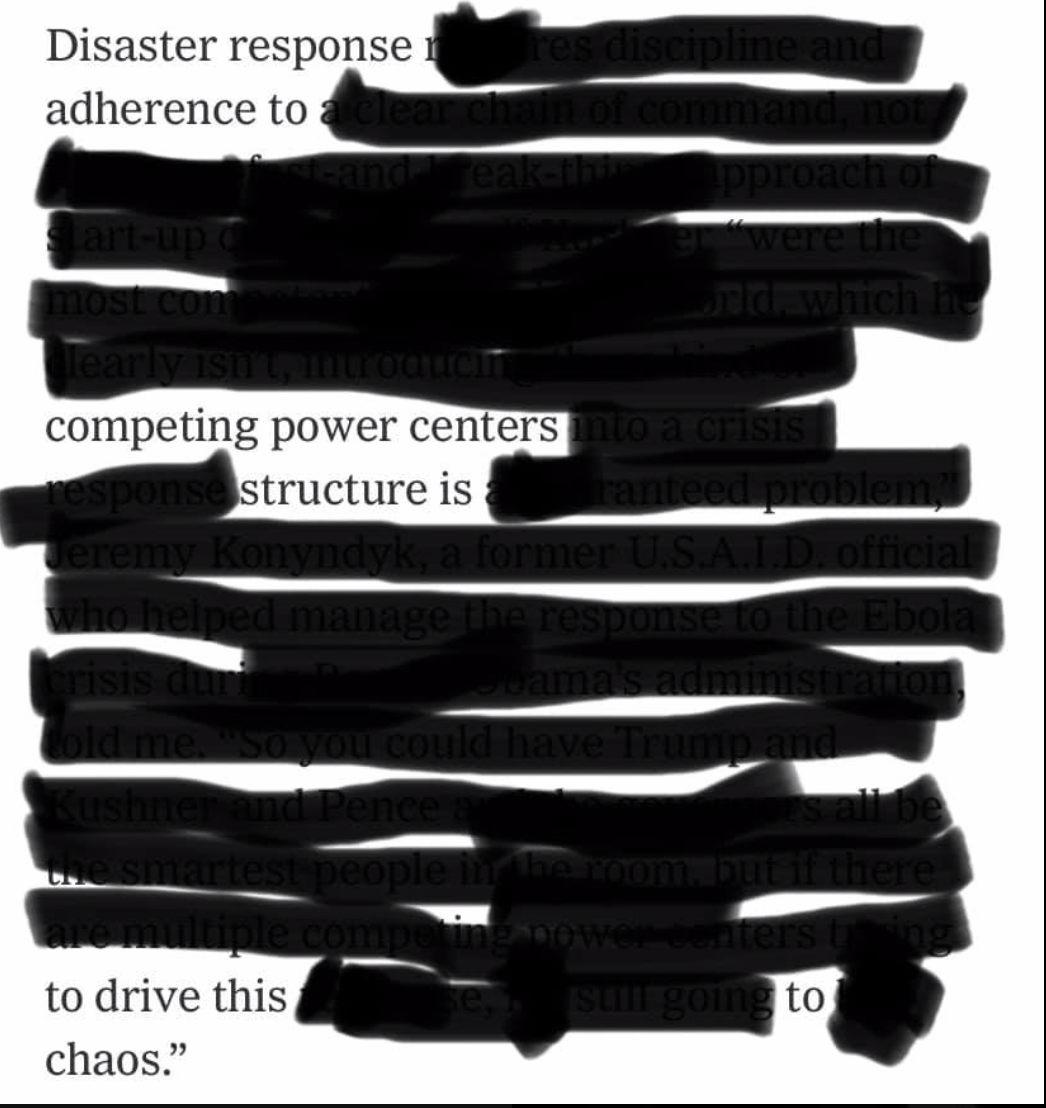
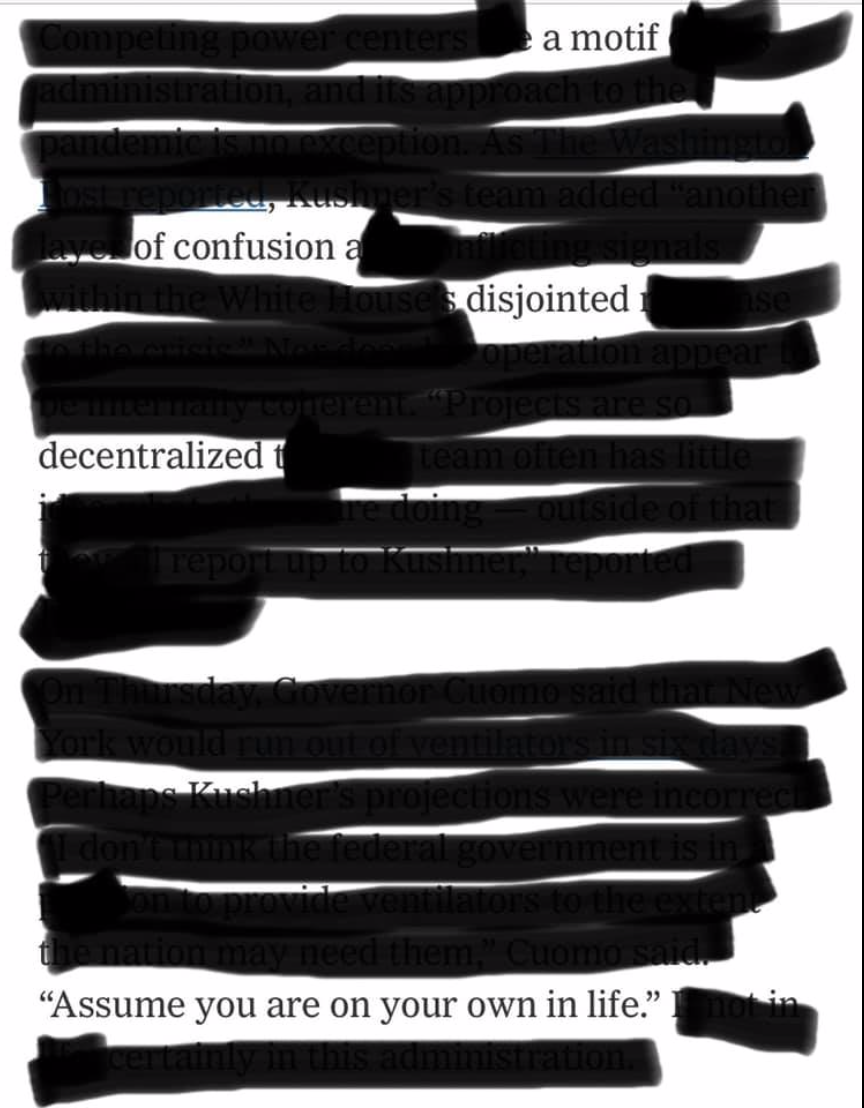
More from this series
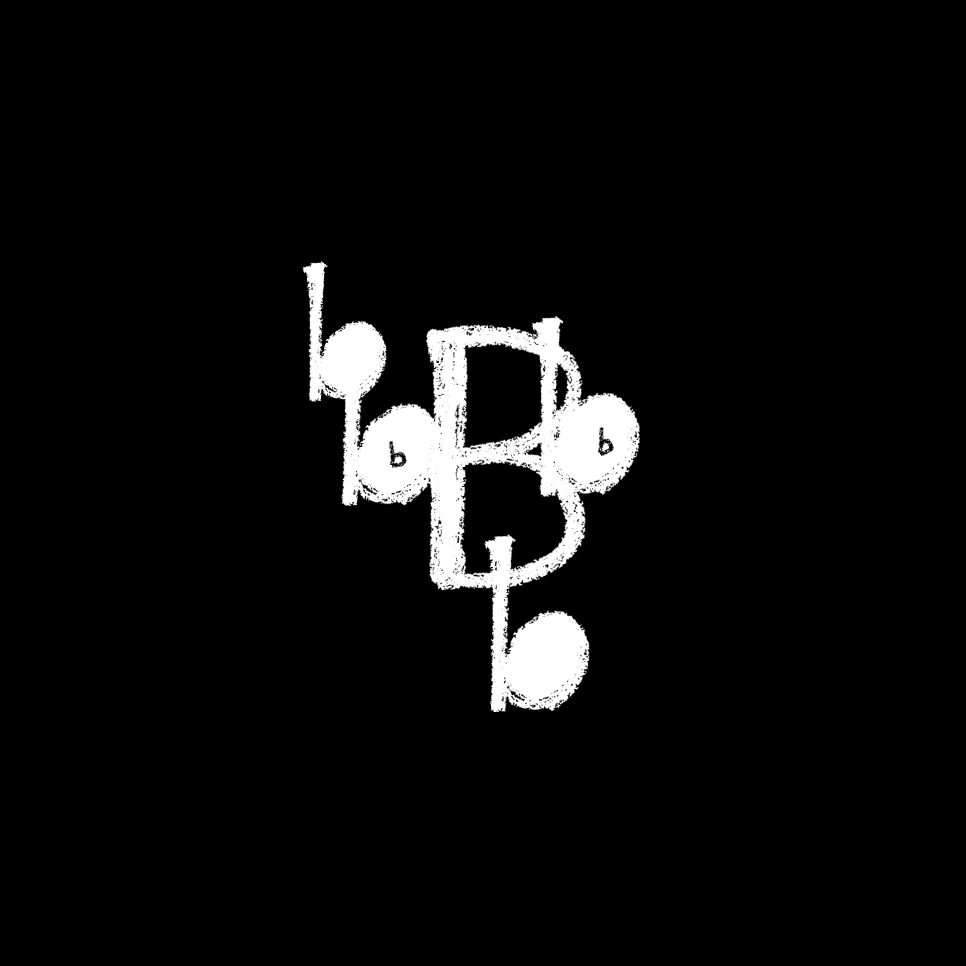
The Word was in the beginning but it is made of letters.Prompt #40—giovanni singleton

Write in NaturePrompt #39—Oogie Push
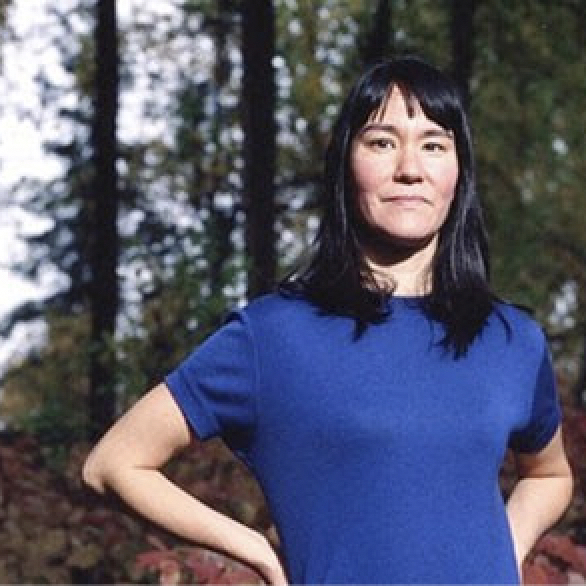
Real FoodPrompt #38—Joan Kane
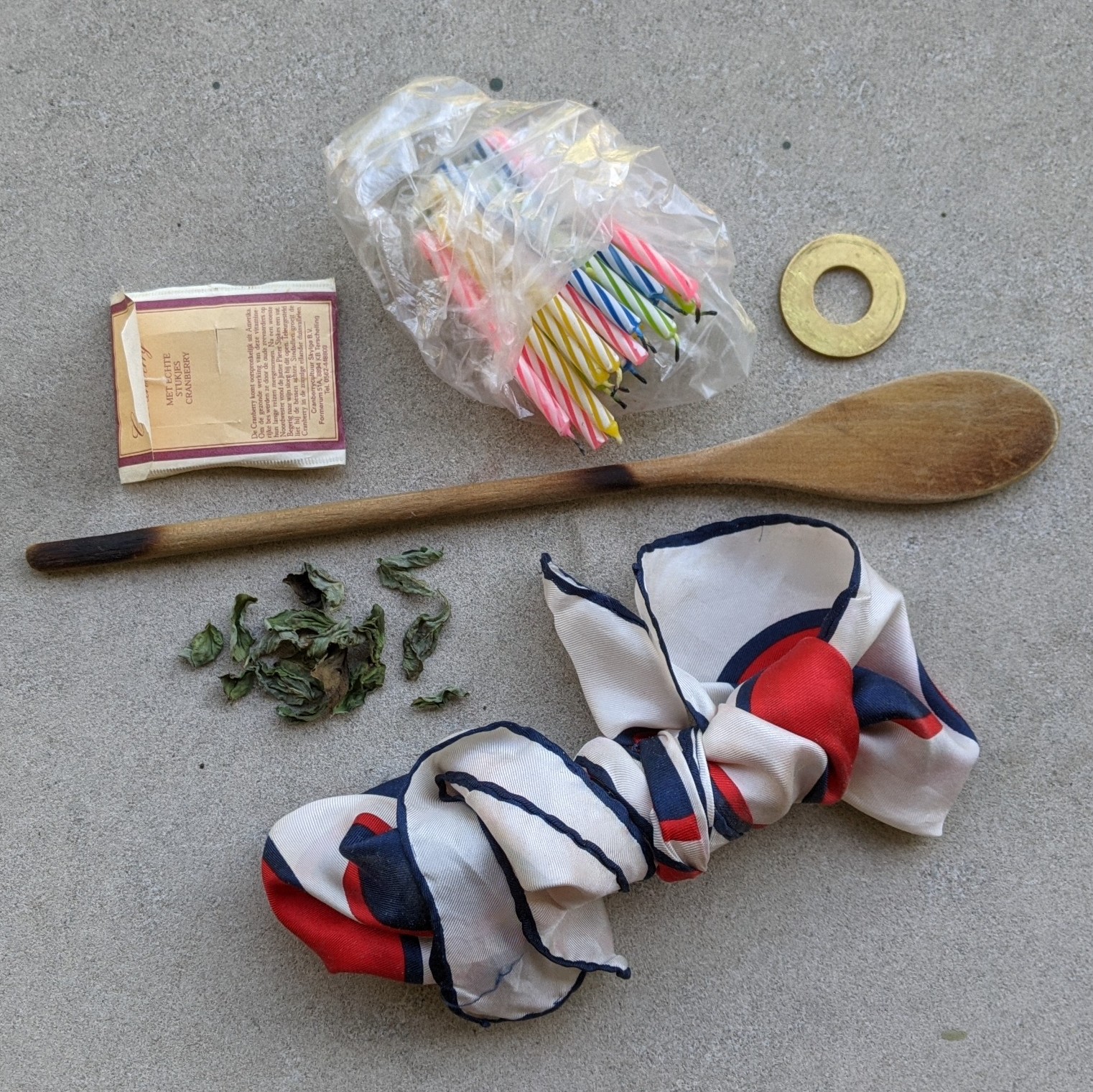
You Don't Need Proust to Smell GoodPrompt #37—Elizabeth Hoover
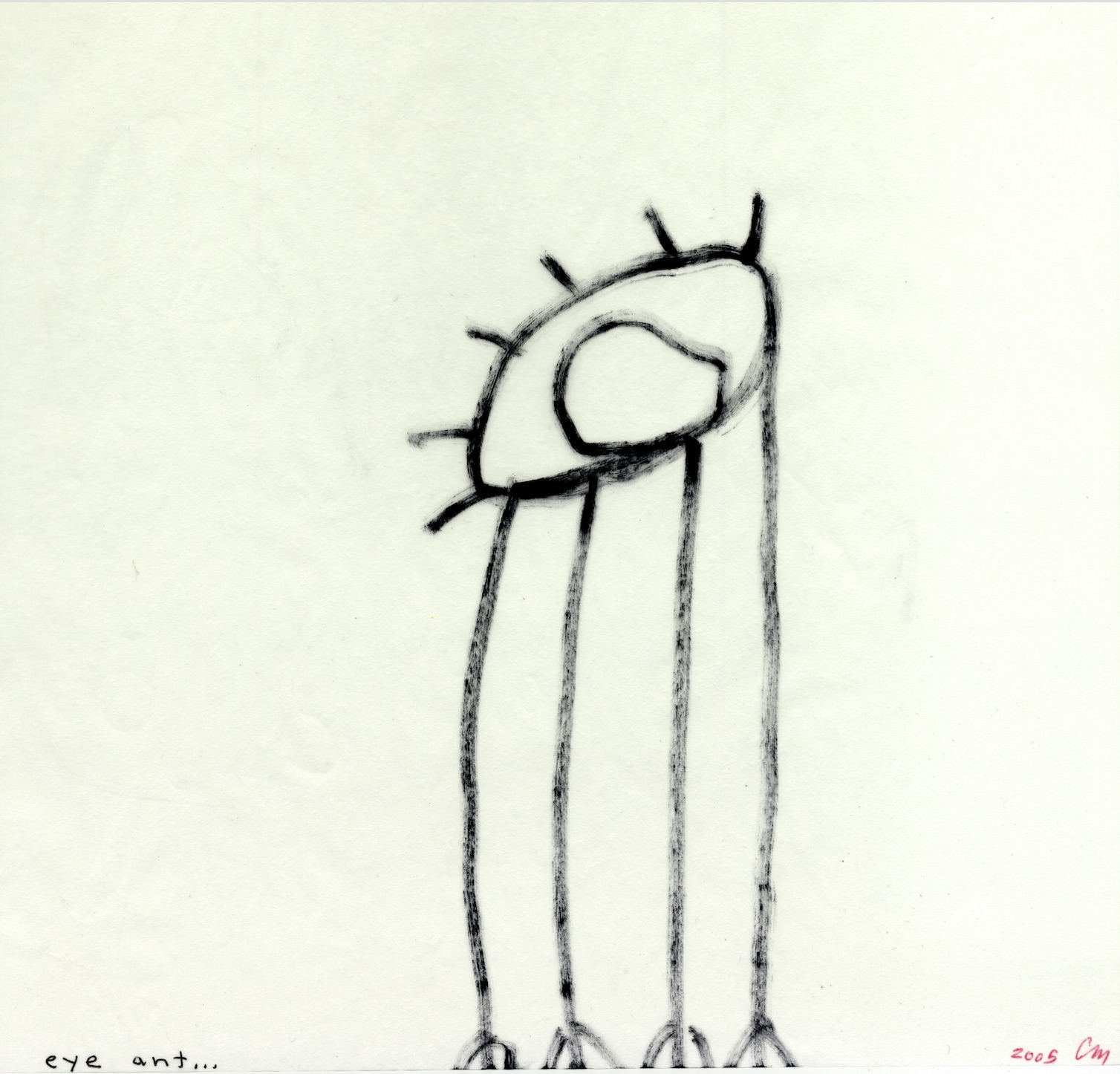
Find Your Own FormPrompt #36—Sawako Nakayasu

Tarot Recall: A Visionary Exercise for the PresentPrompt #35—Laurence Ross

Queers in Love at the End of the WorldPrompt #34—CJ Scruton
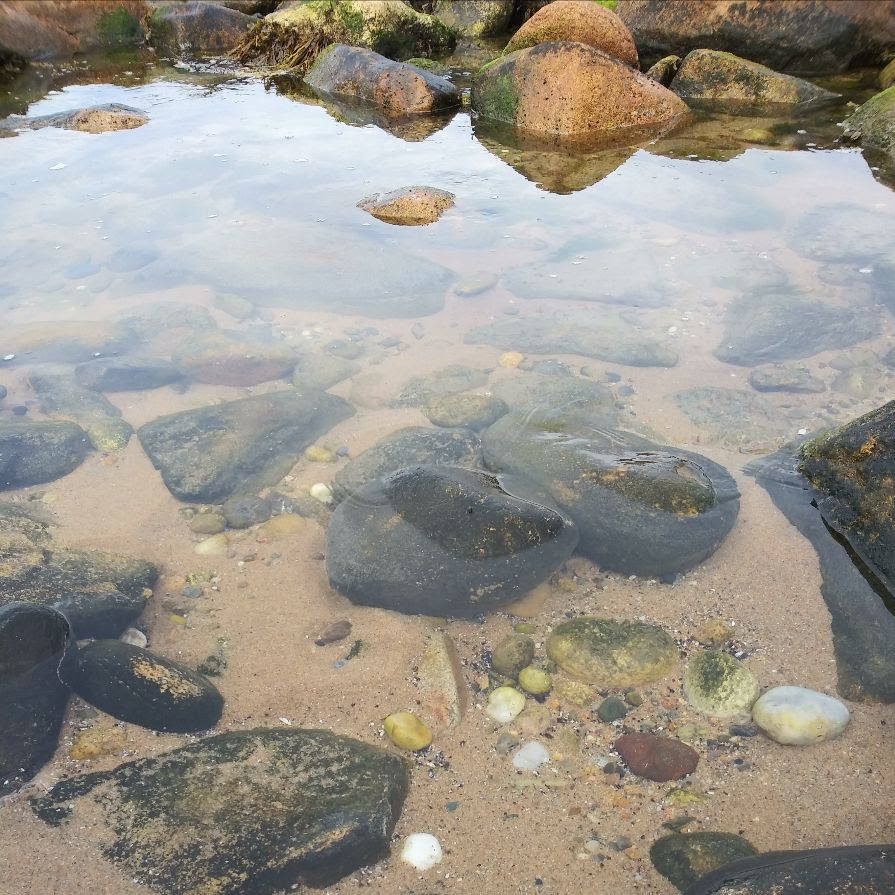
WORKBOOK FOR CHANGE: TWO PROMPTSPrompt #33—Kate Schapira
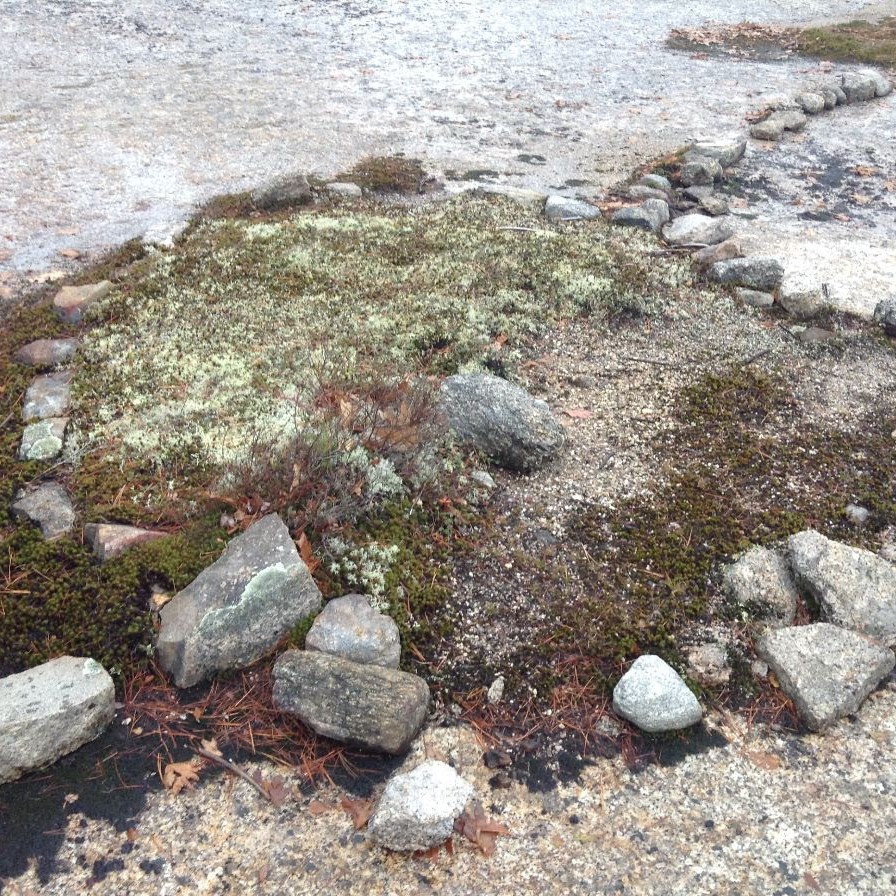
Preparation for the PromptPrompt #32—Lisa Fishman

Collage Your Own Writing PromptPrompt #31—Helen Hofling
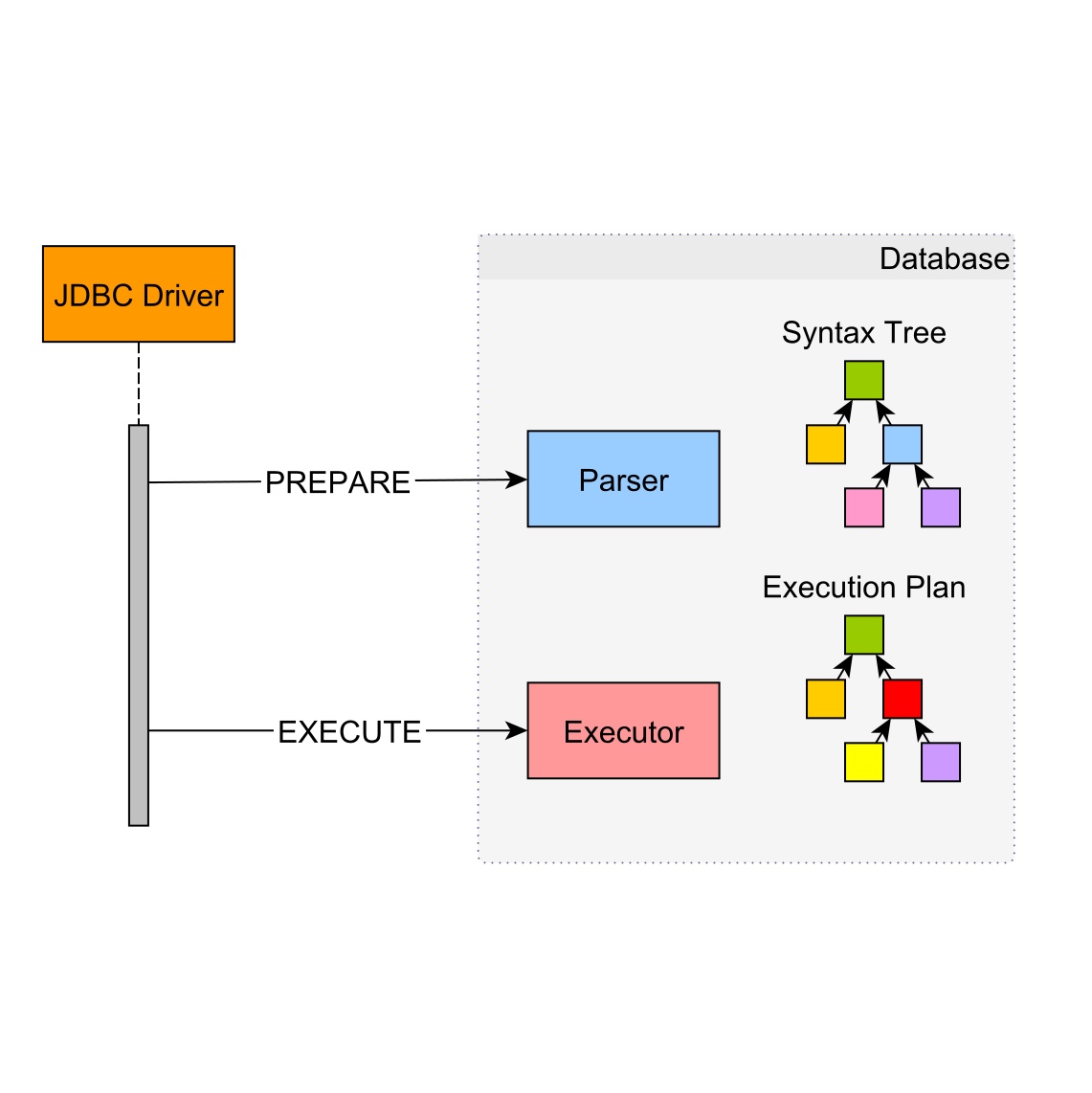
Prepared StatementPrompt #30—Mike Hauser

Repeat Repeat WritePrompt #29— Lewis Freedman
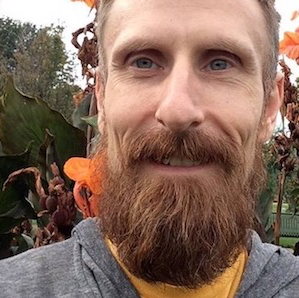
Poetic CorrespondencePrompt #28—Eric Baus

EKPHRASIS YOURSELFPrompt #27—Jennifer Nelson
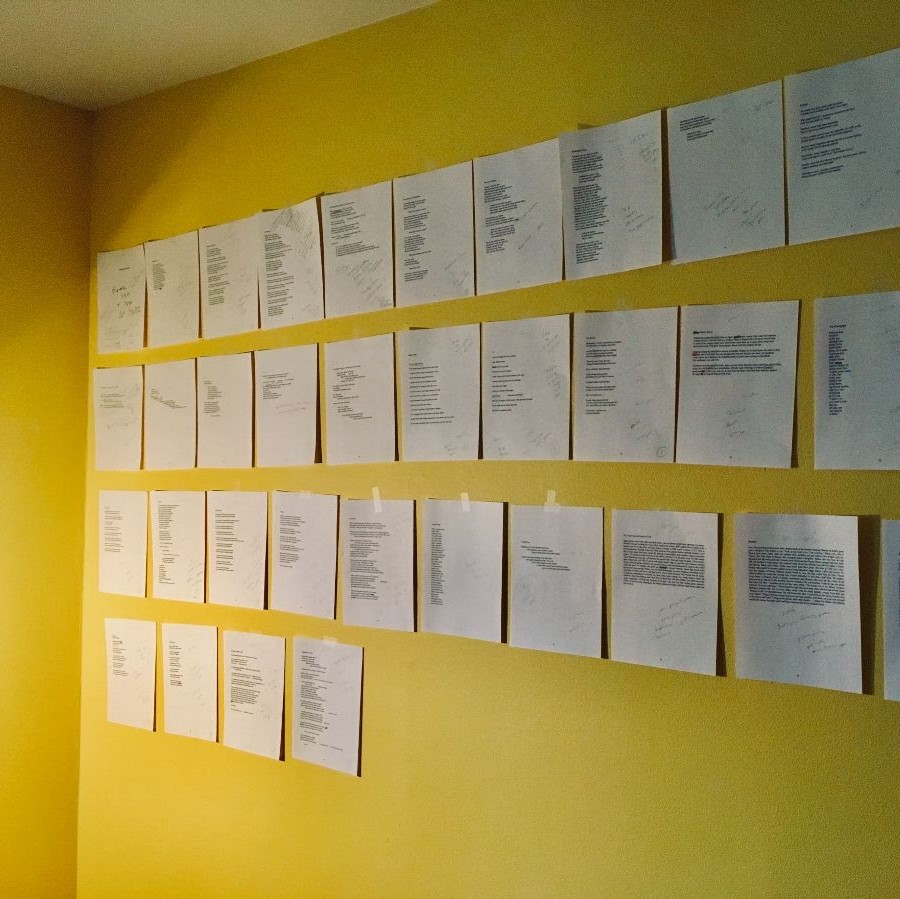
POETRY IS FOR THE PEOPLEPrompt #26—Angela Trudell Vasquez
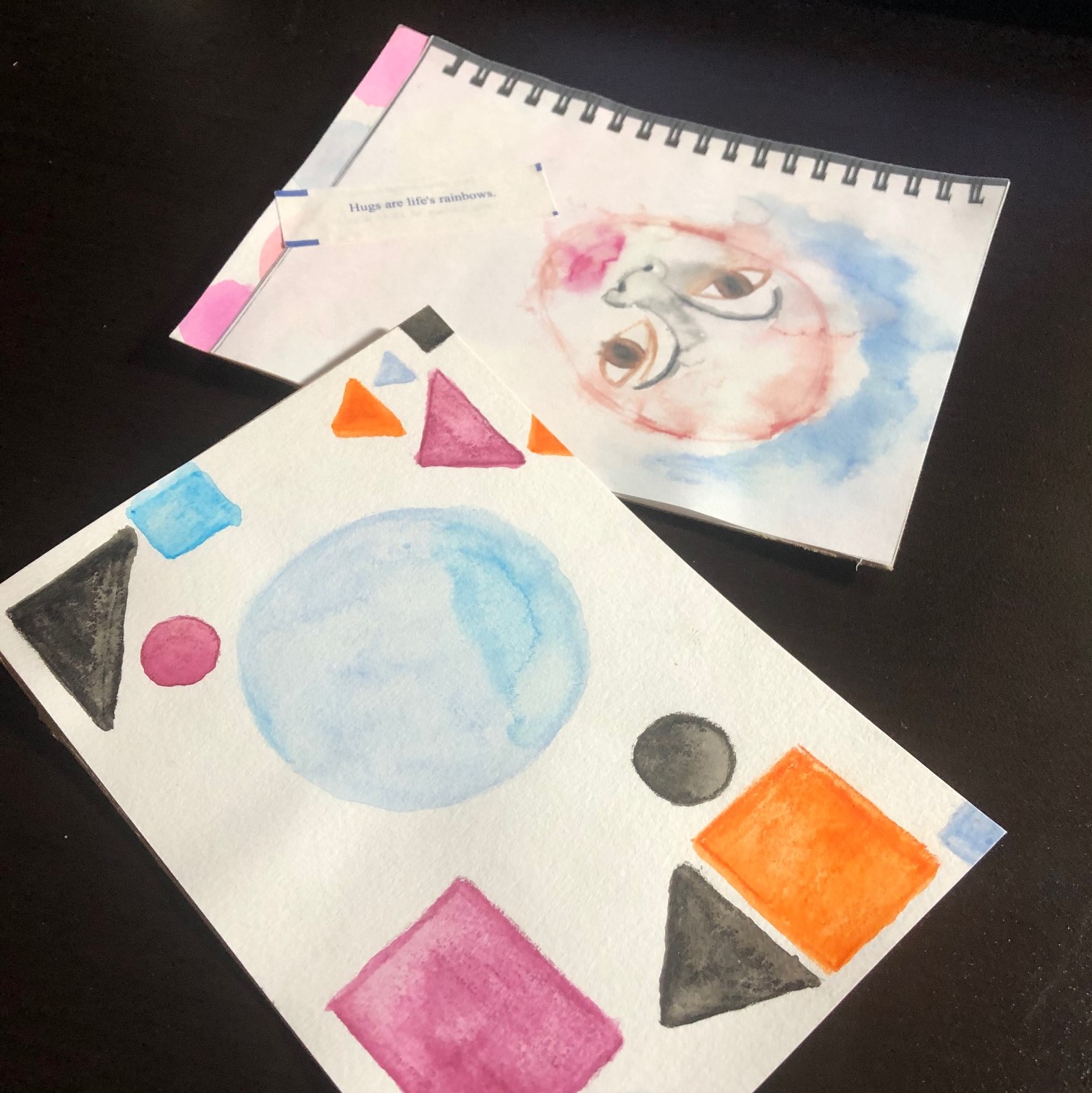
MAIL ARTPrompt #25—Siwar Masannat
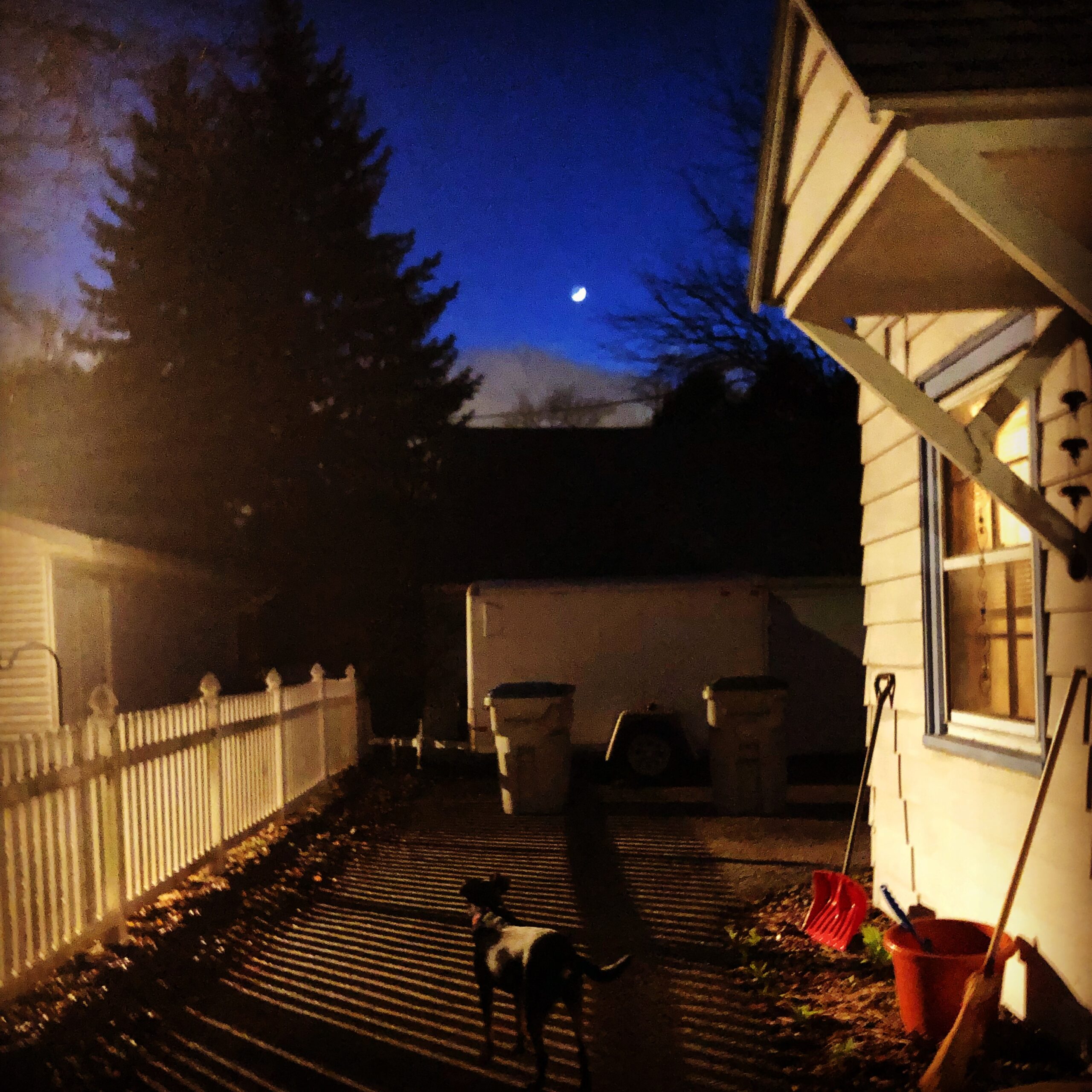
VISUAL POSTCARDSPrompt #24—Portia Cobb
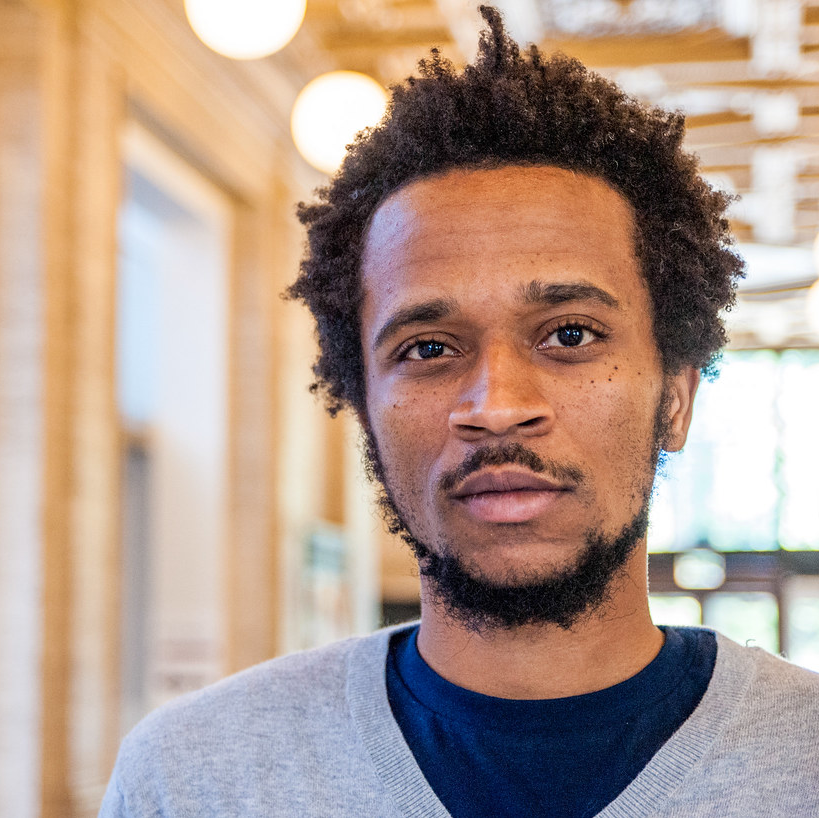
A [LONGER-TERM] DEEP LISTENING PROMPTPrompt #23—Jibade-Khalil Huffman

Humor as Medicine for the SoulPrompt #22—Mauricio Kilwein Guevara

Personification: A Social Justice PromptPrompt #21—Derrick Harriell

Ponge ExercisePrompt #20—Tyrone Williams
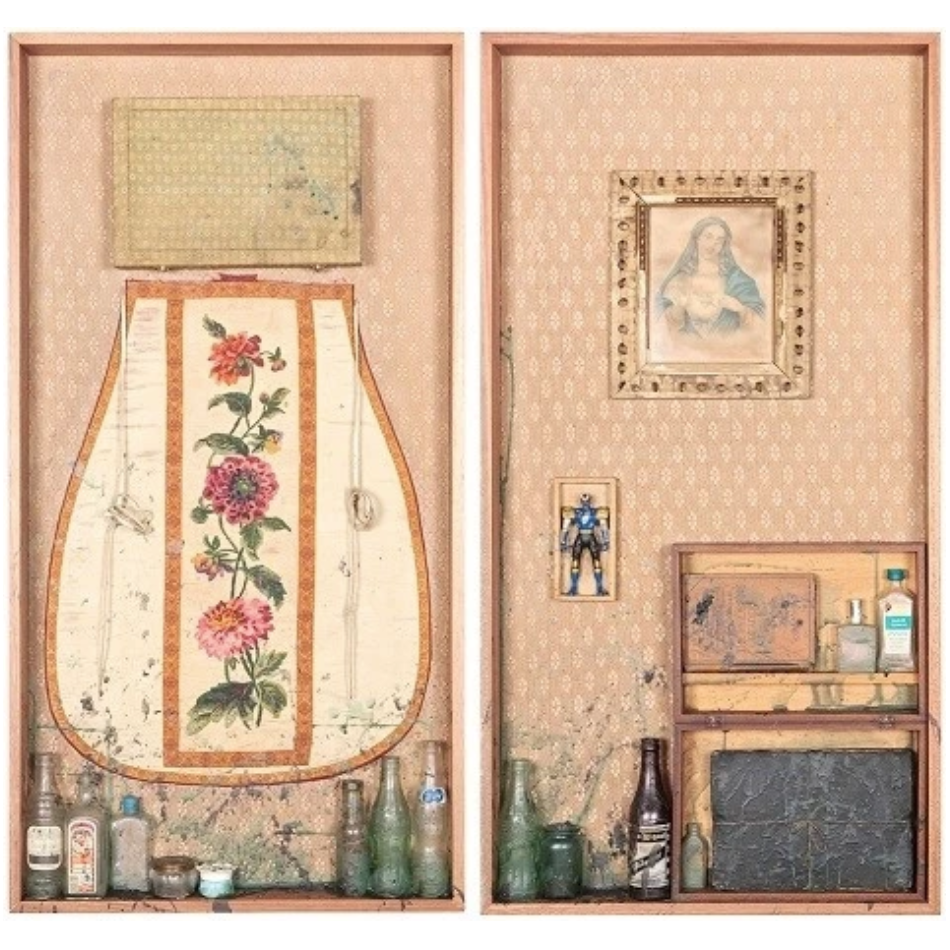
Occult DocupoesisPrompt #19—Kimberly Alidio
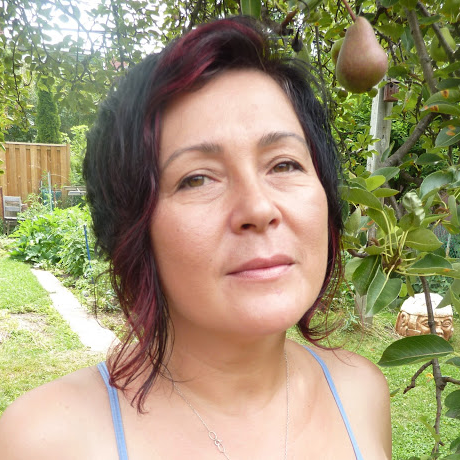
Junk Drawer SongPrompt #18—Hoa Nguyen

TALK TO THE POETSPrompt #17—Stacy Szymaszek
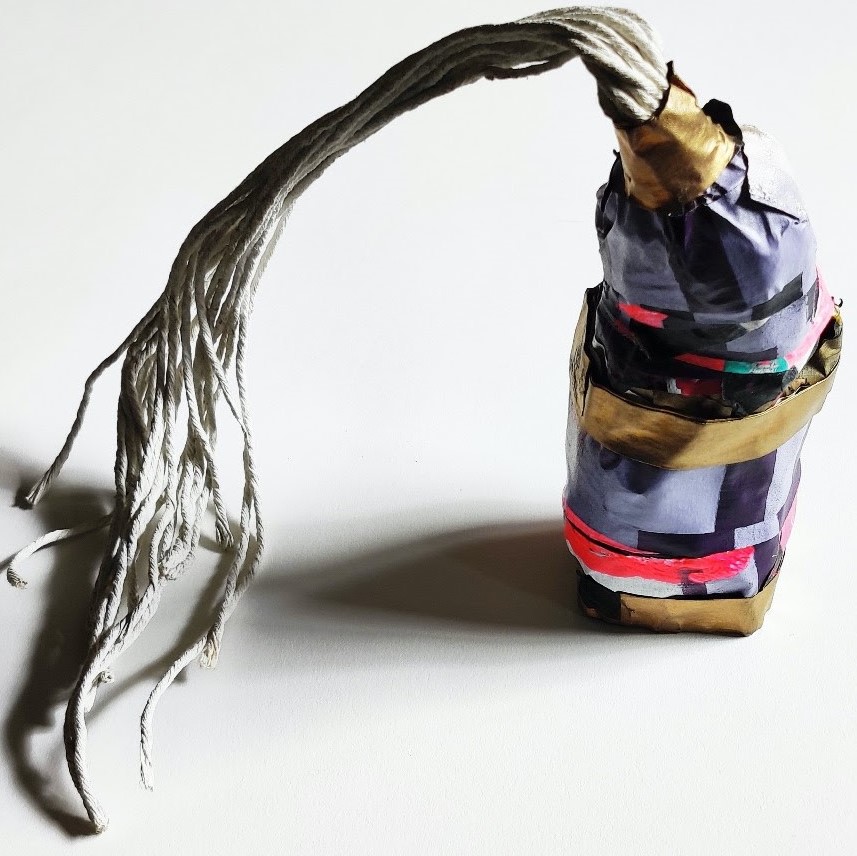
Make-Do Origin Stories & Concrete FuturesPrompt #16—Ching-In Chen

The Family PhotographPrompt #15—Rosa Alcalá

Writing Advice for Your Younger SelfPrompt #14—E.J. Koh
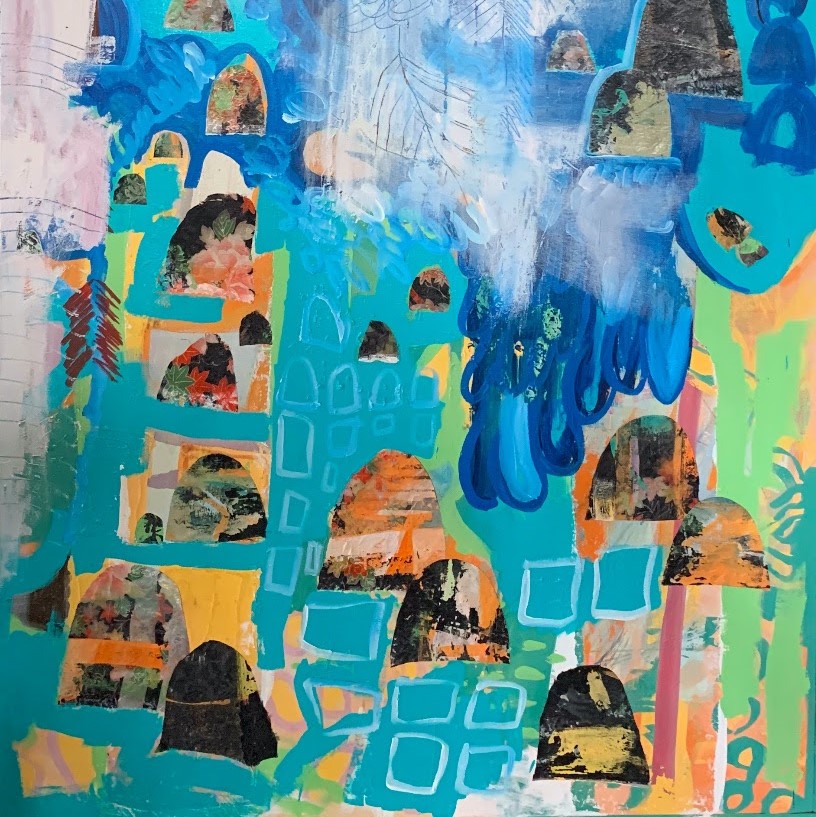
Note(s) to SelfPrompt #13—Stacy Blint
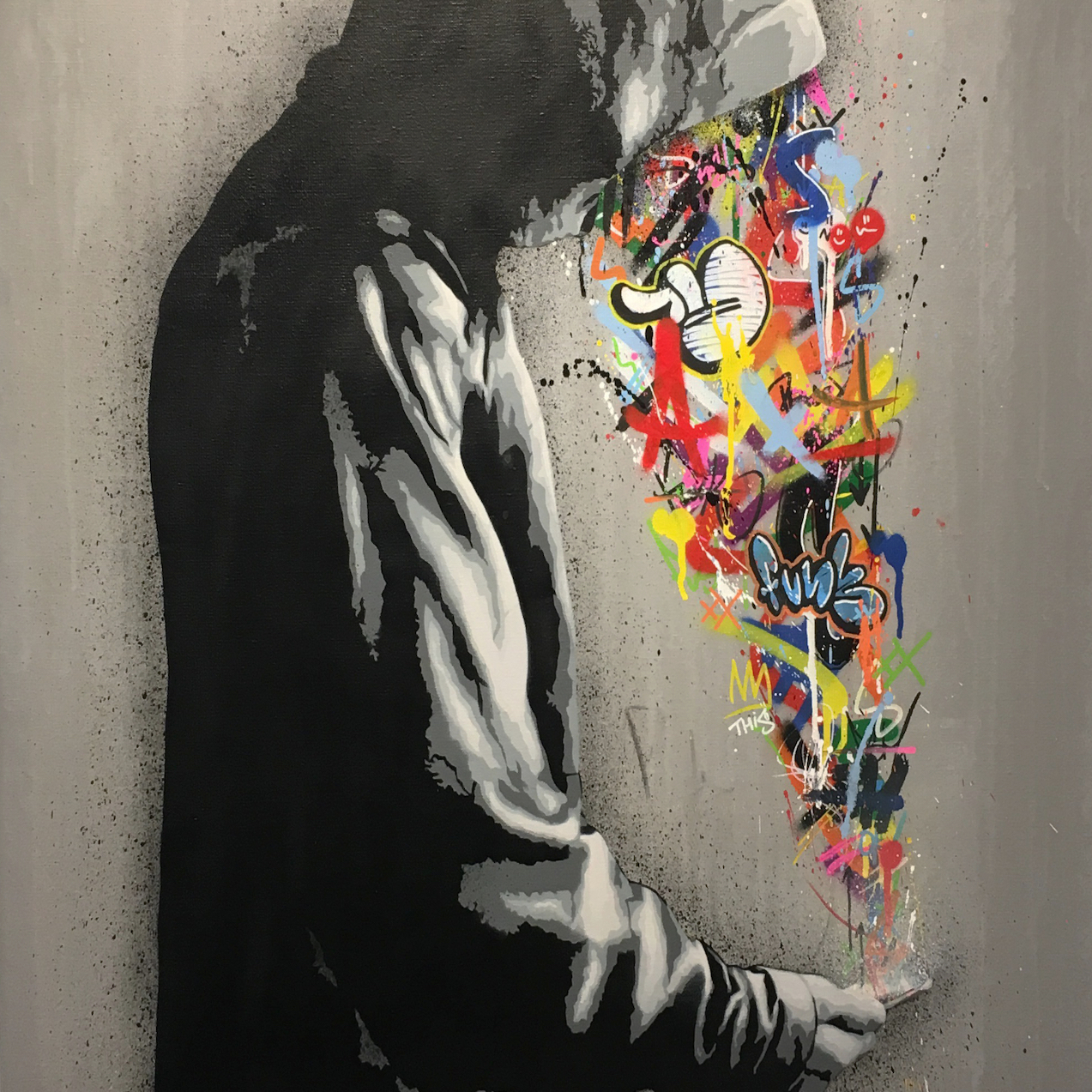
Embracing ConfusionPrompt #12—Bryon Cherry
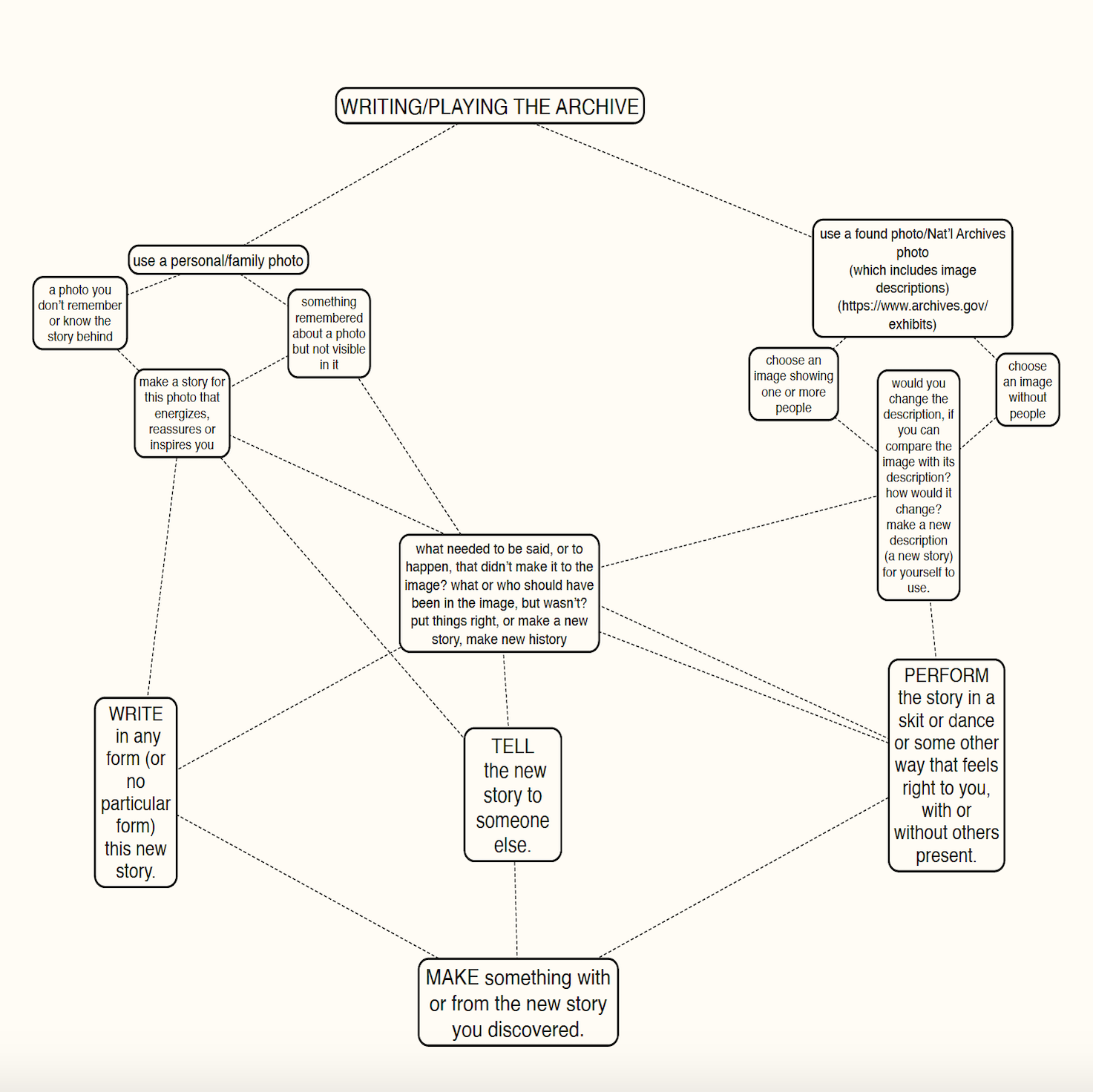
Writing/Playing the ArchivePrompt #11—Jay Besemer

CAPTURED & FREEDPrompt #10—Dasha Kelly Hamilton
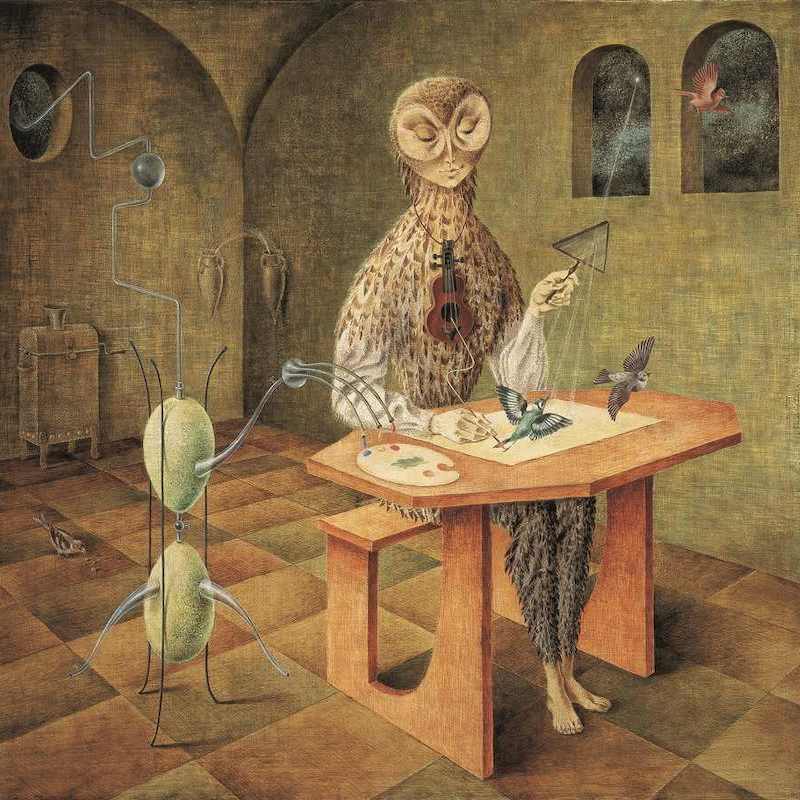
Poetic Exit StrategiesPrompt #9—Ana Božičević

Proyecto ConbífPrompt #8—Erick "CK" Ledesma

TRILOGYPrompt #6—CA Conrad

Utopian CompromisePrompt #7—Paul Druecke
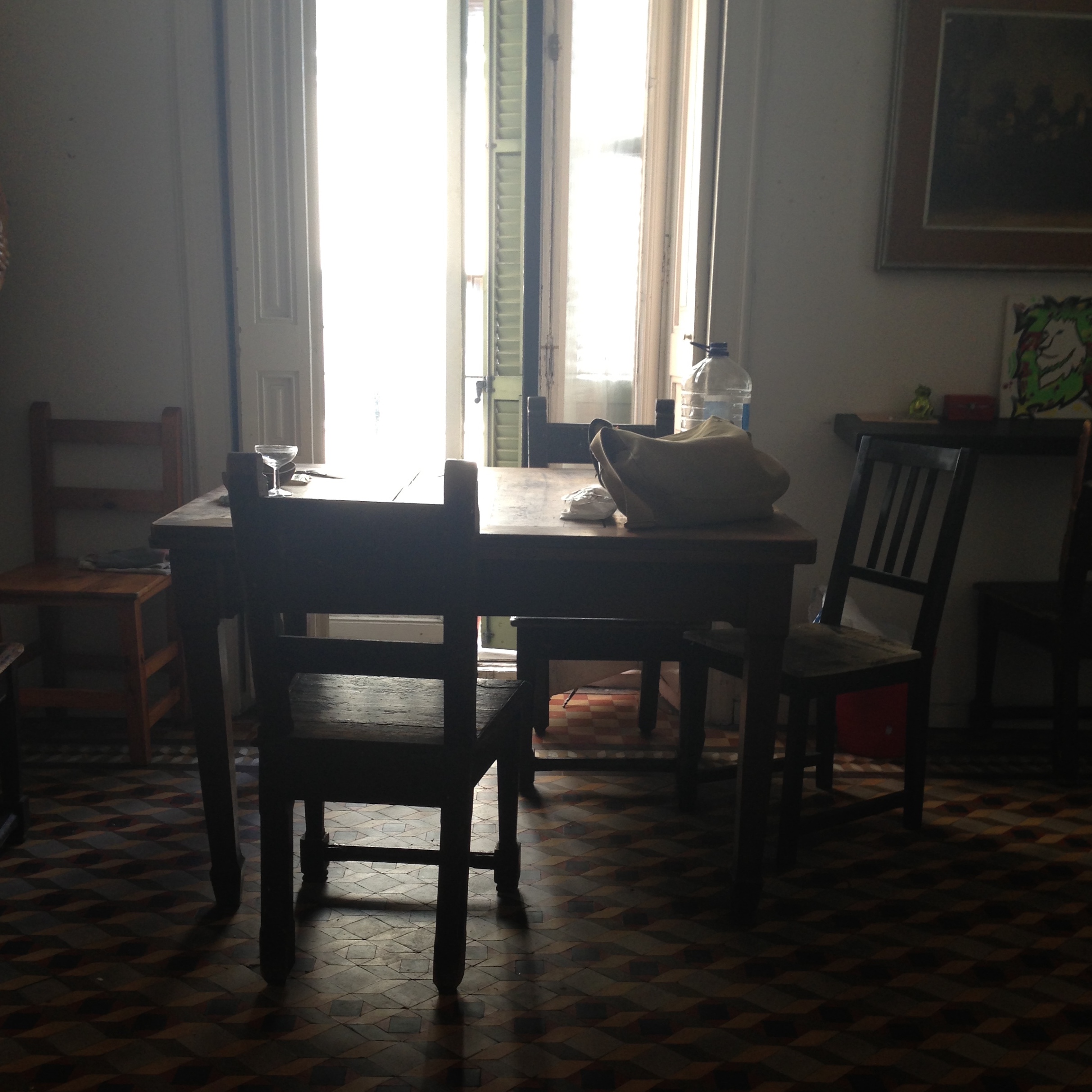
A Series of RoomsPrompt #5—Laura Solomon
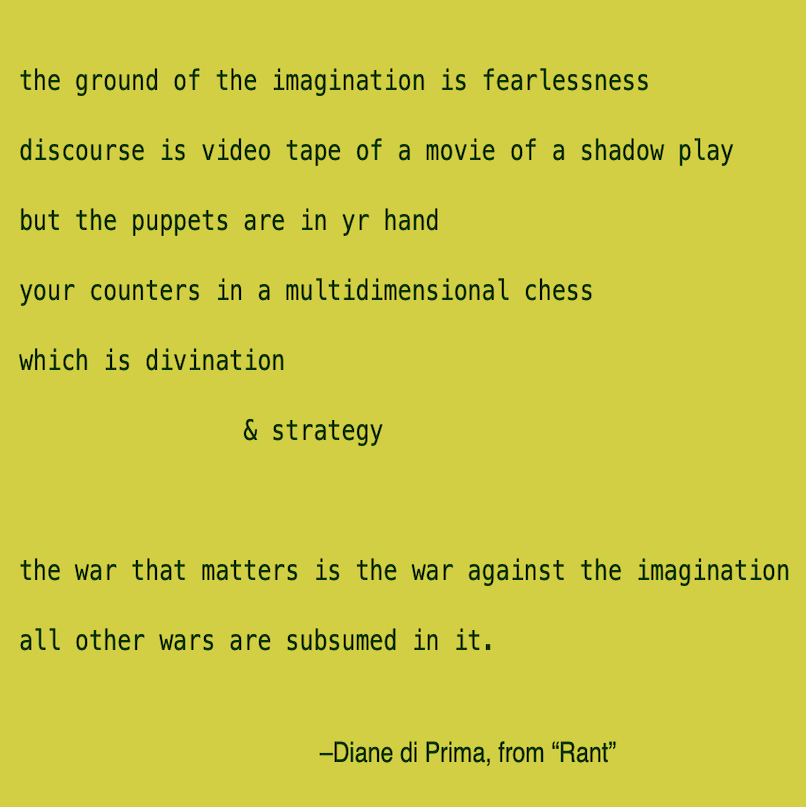
Two Variations on N+7Prompt #4—Jenny Gropp

T H E A P A R T / TOGETHERPOEMPrompt #3—Margaret Rozga
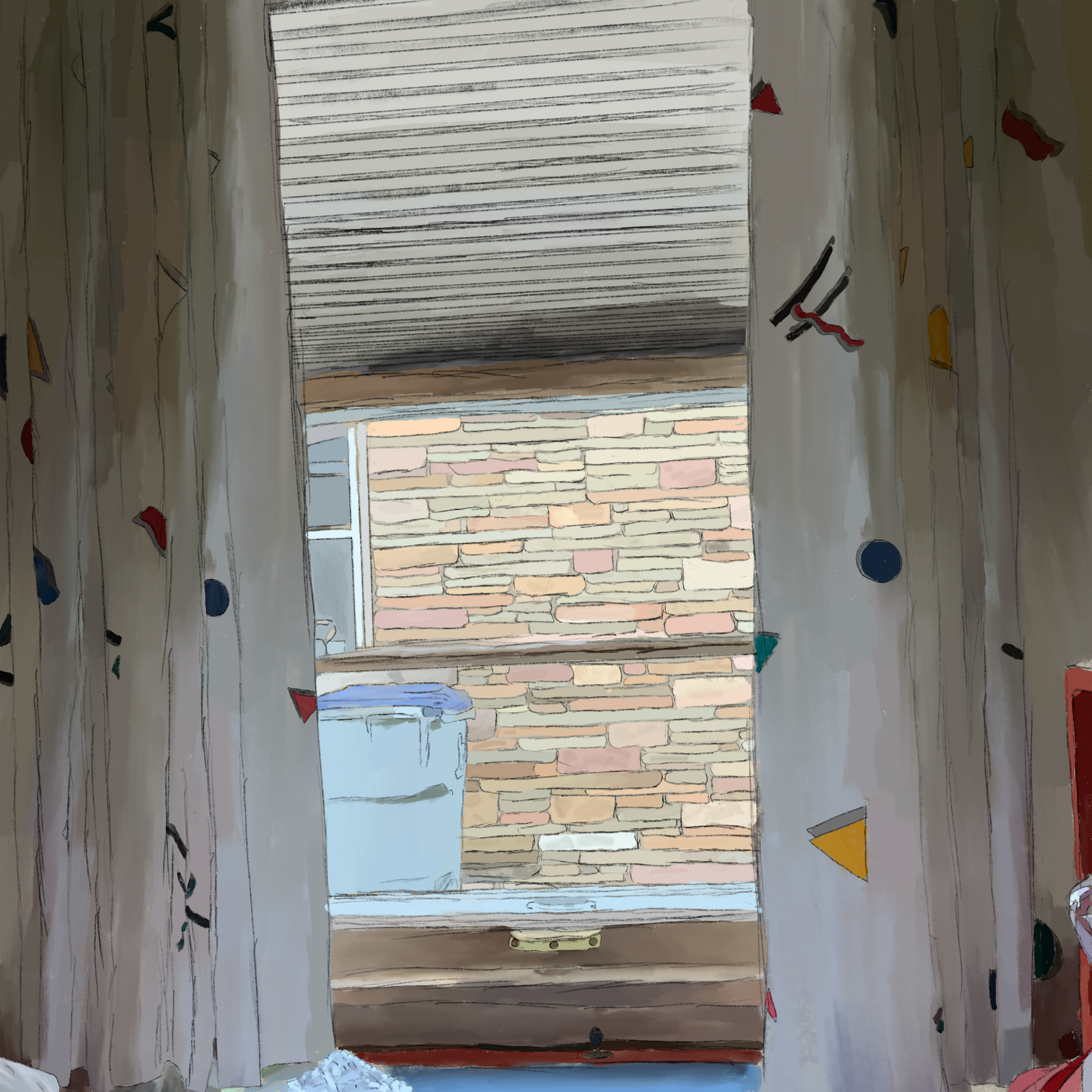
An Exercise in WindowsPrompt #2—Marla Sanvick
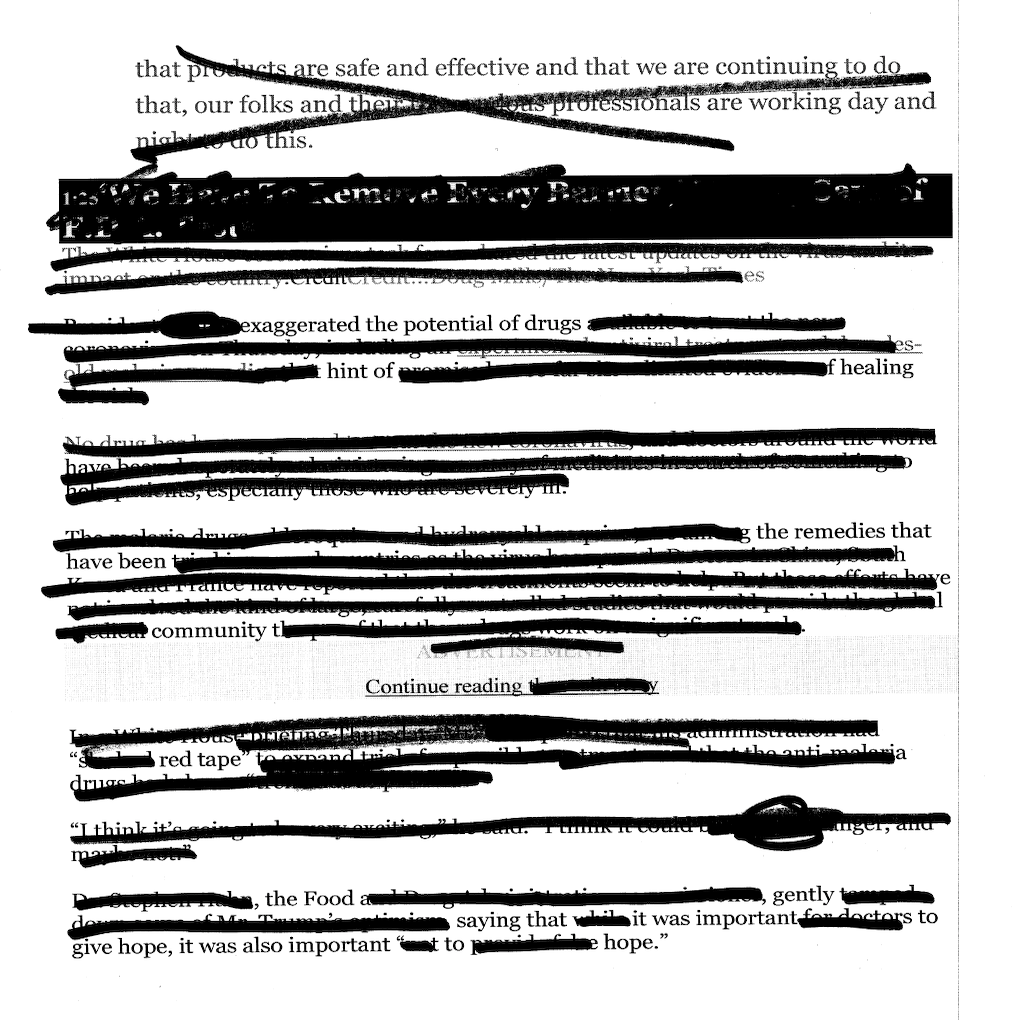
Erasuring AnxietyPrompt #1—Peter Burzynski
We acknowledge that in Milwaukee we live and work on traditional Potawatomi, Ho-Chunk, and Menominee homelands along the southwest shores of Michigami, part of North America’s largest system of freshwater lakes, where the Milwaukee, Menominee, and Kinnickinnic rivers meet and the people of Wisconsin’s sovereign Anishinaabe, Ho-Chunk, Menominee, Oneida, and Mohican nations remain present.
We further acknowledge the grave evil colonialism introduced to these lands through genocide as well as slavery, and also via racist and xenophobic beliefs, laws, and practices that continue to inflict harm upon Black, brown, and Indigenous lives. We honor those who have lived—and do live, now—at these intersections of identity and experience, and are committed to the active dismantling of white supremacy.
720 E. Locust Street
Milwaukee, WI 53212
Phone: 414 263 5001
Hours: Tues–Sun | 12-7 pm
Closed Mon
Building Accessibility: Despite the age of our physical location, and attendant limitations to access, Woodland Pattern is committed to making its programs and facilities available for as many as possible. Please call for more information.
Events Accessibility: Woodland Pattern is able to offer captioning services for its online events and with advanced notice can provide ASL interpretation for live events. Please contact us with accommodation requests and questions.
© Woodland Pattern 2025
